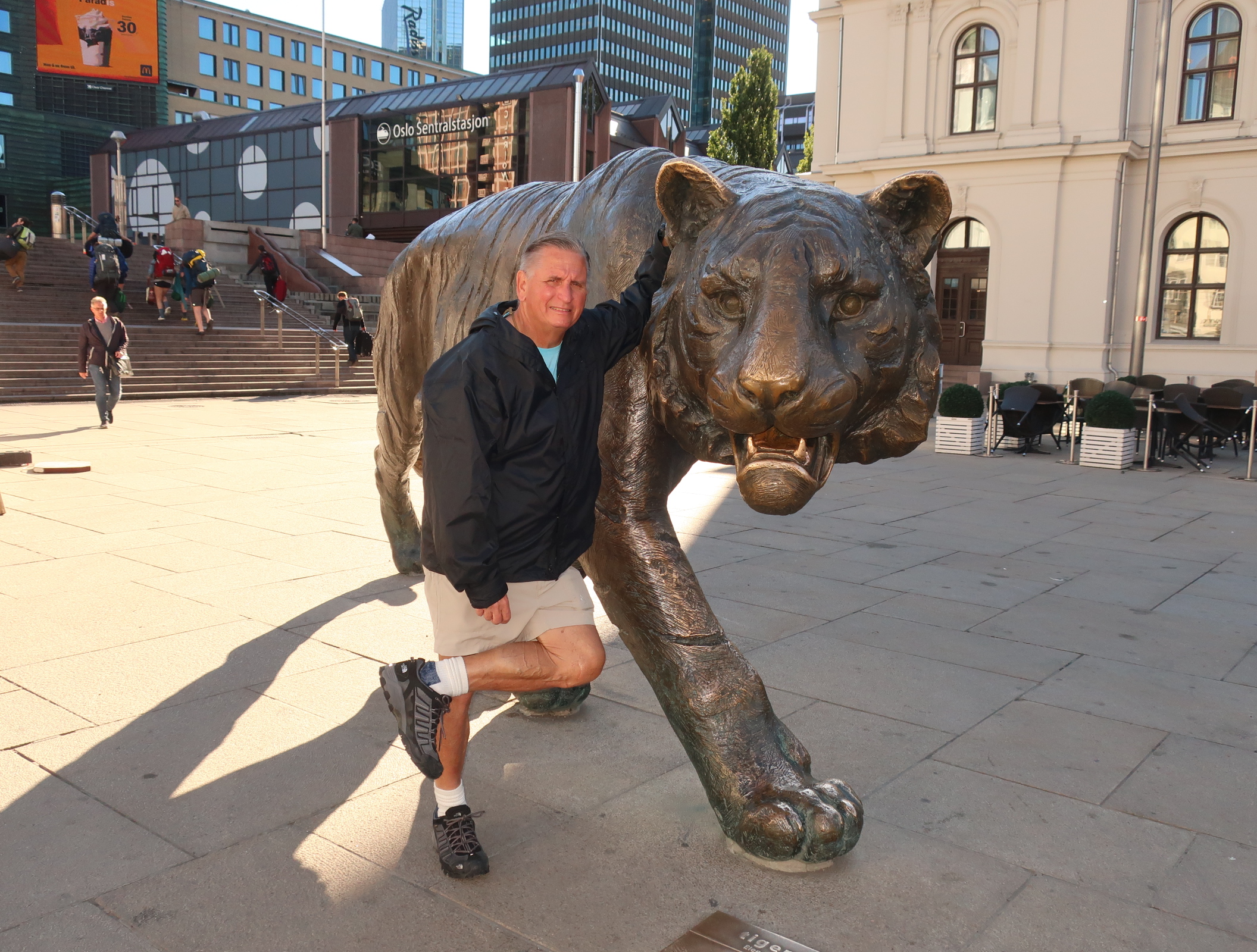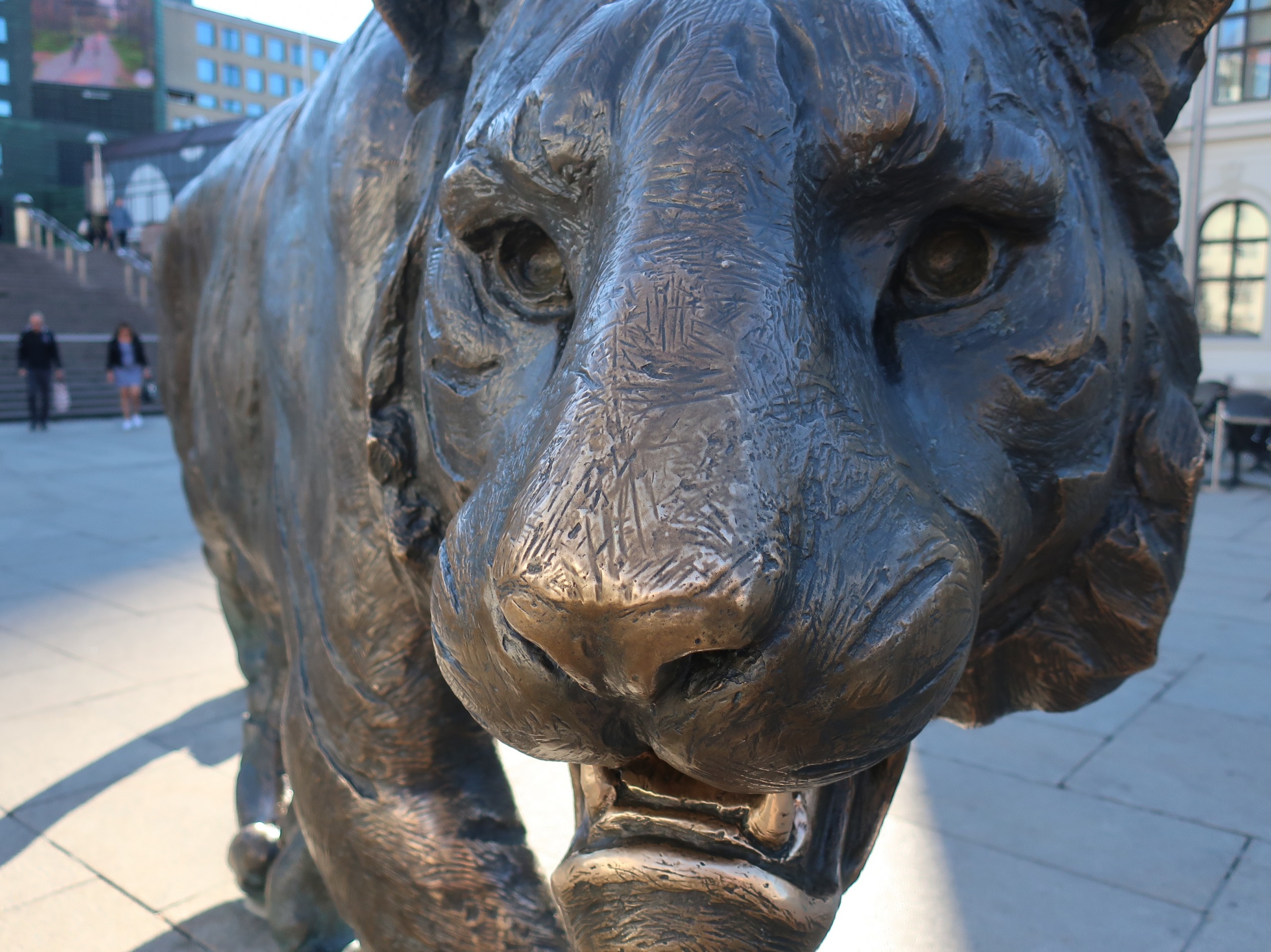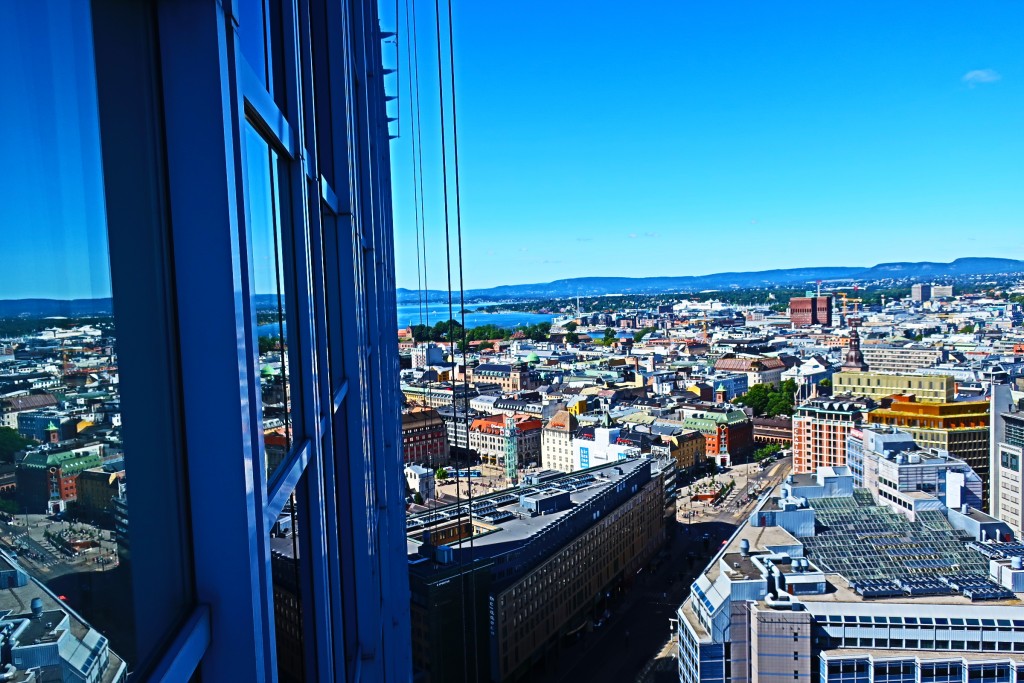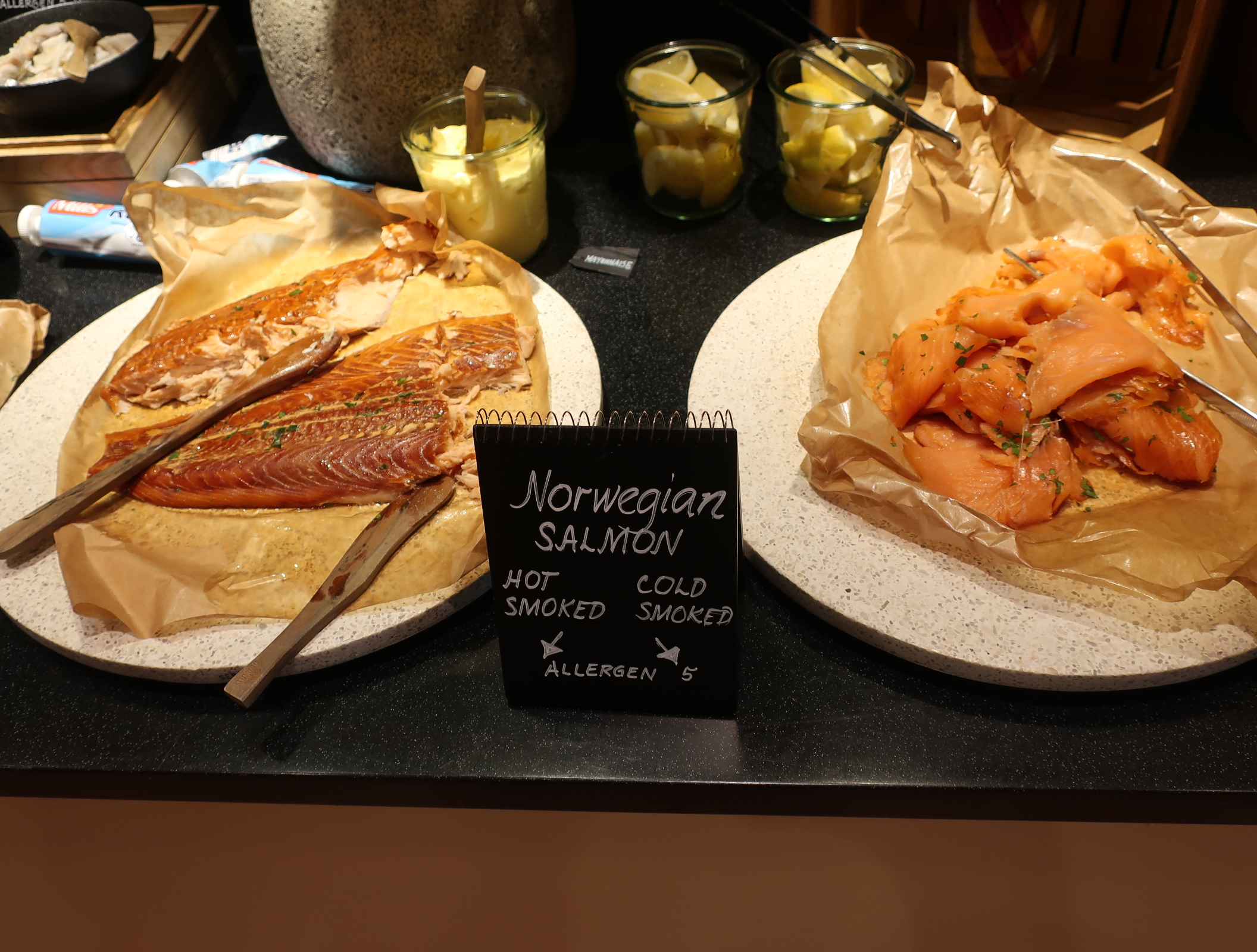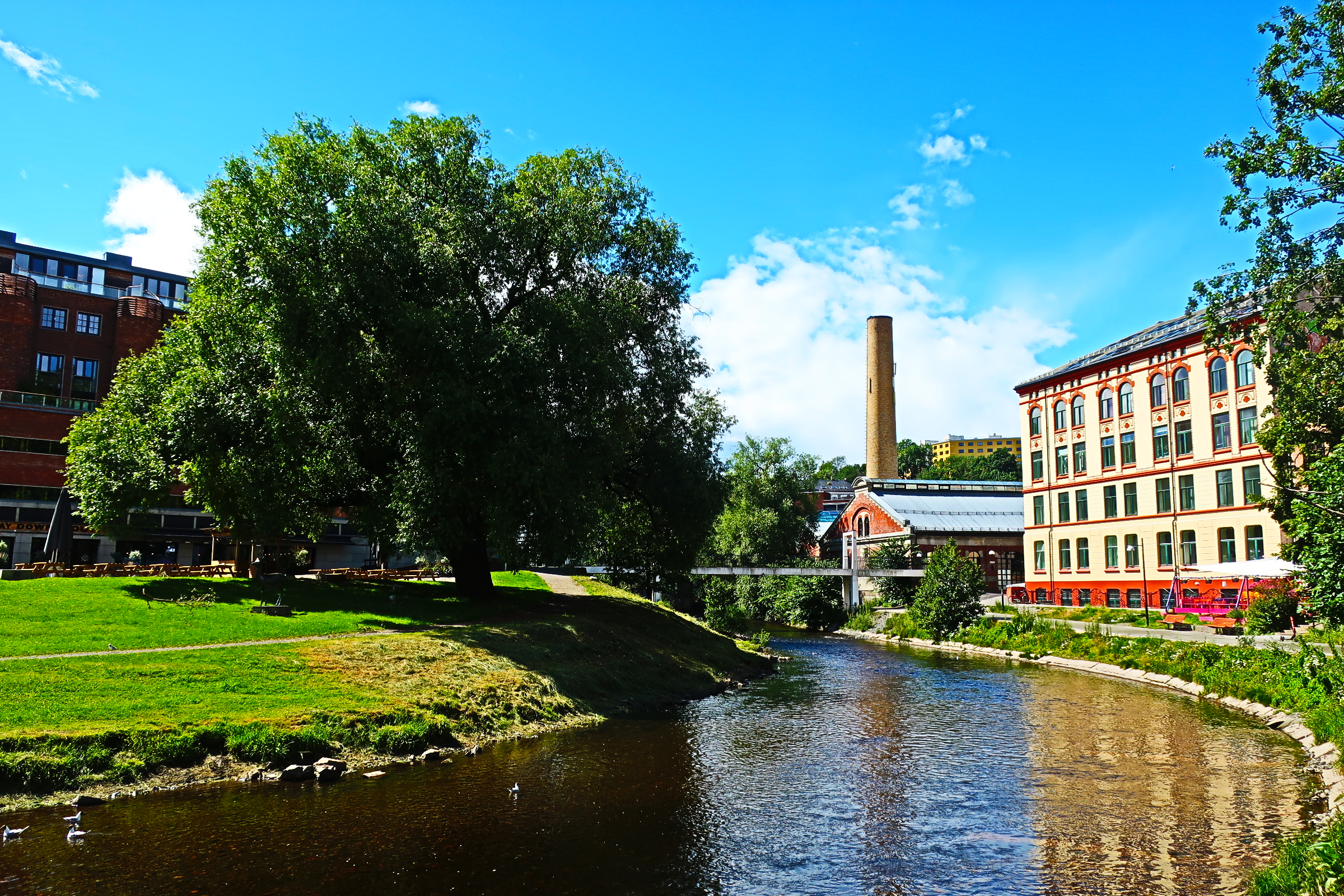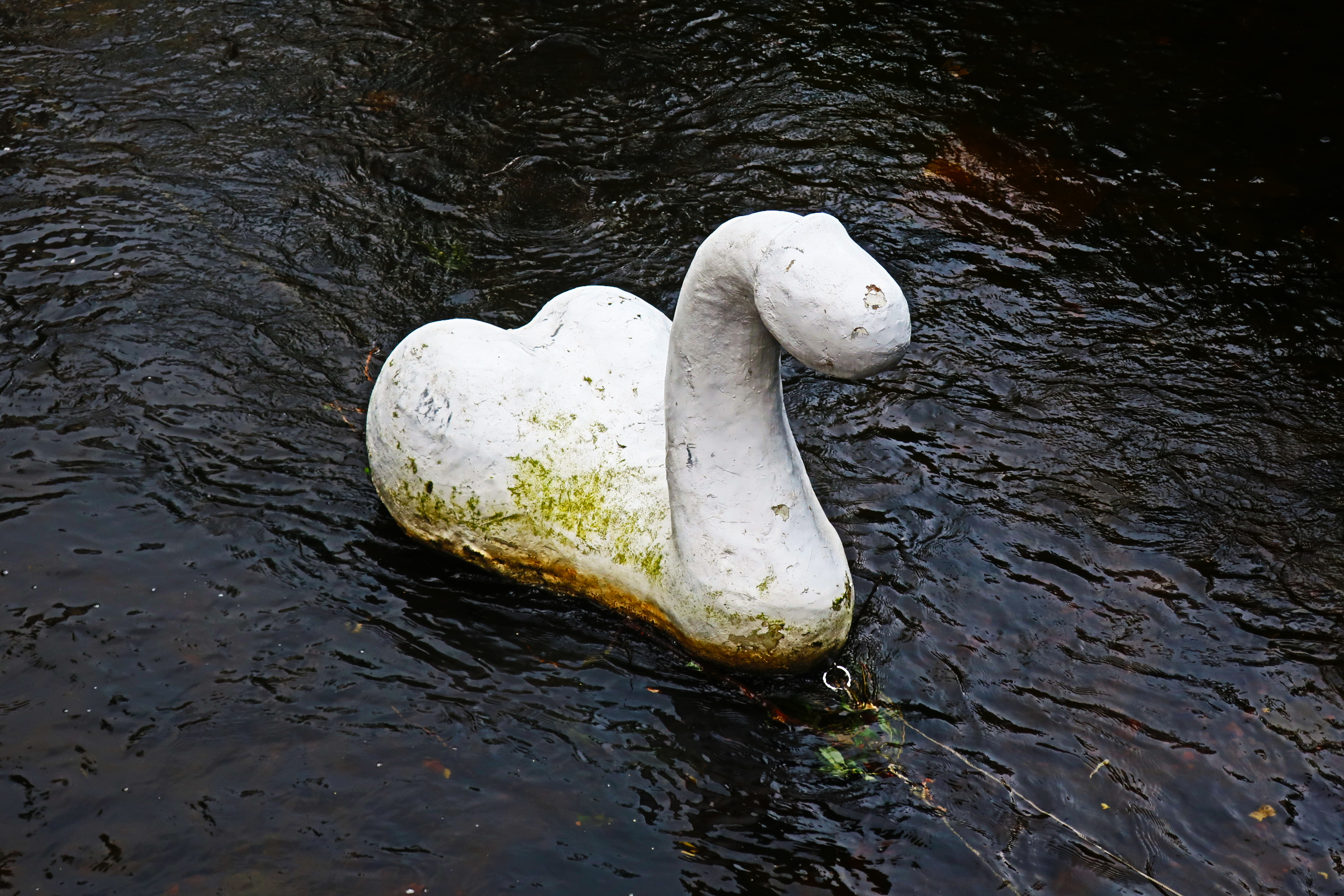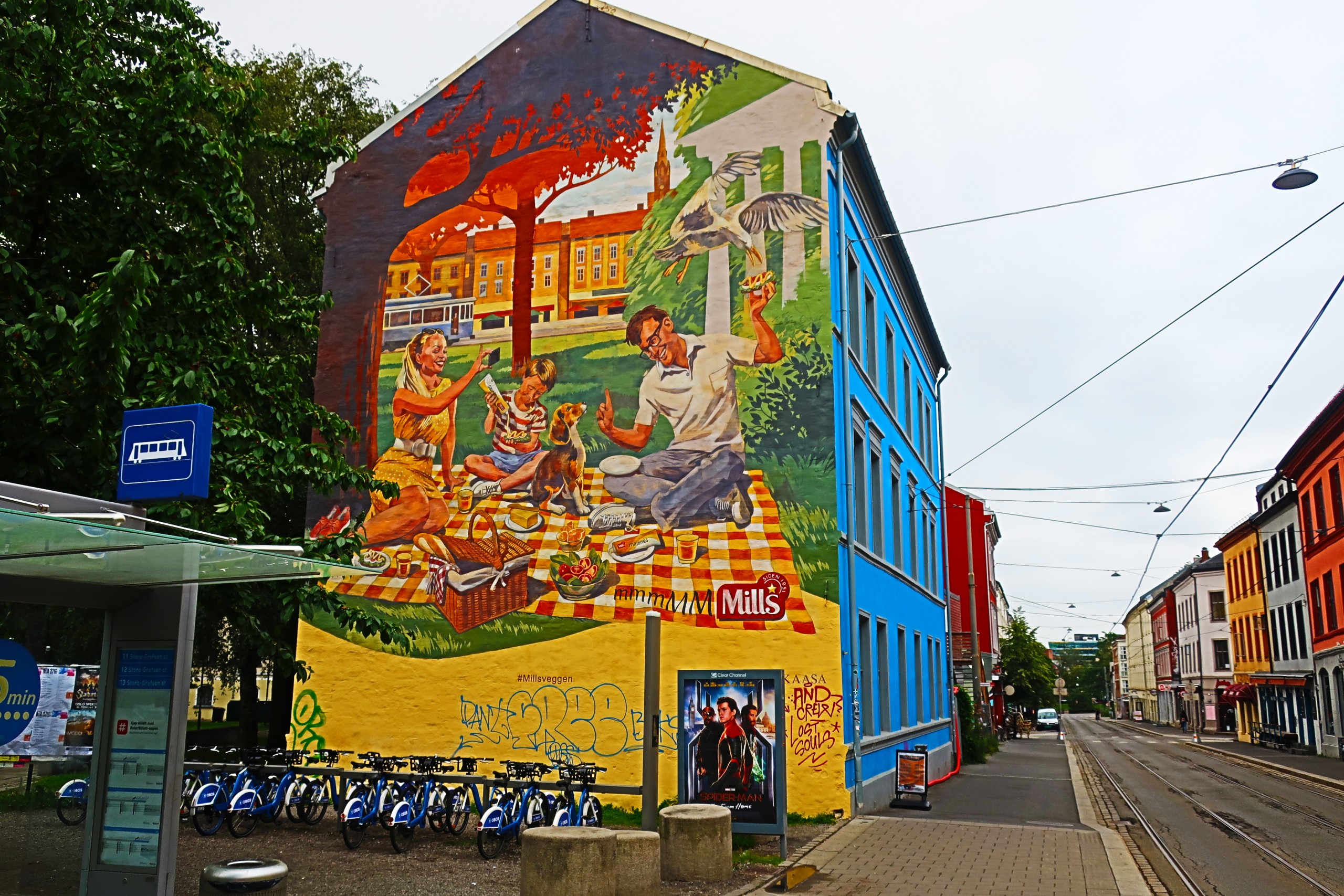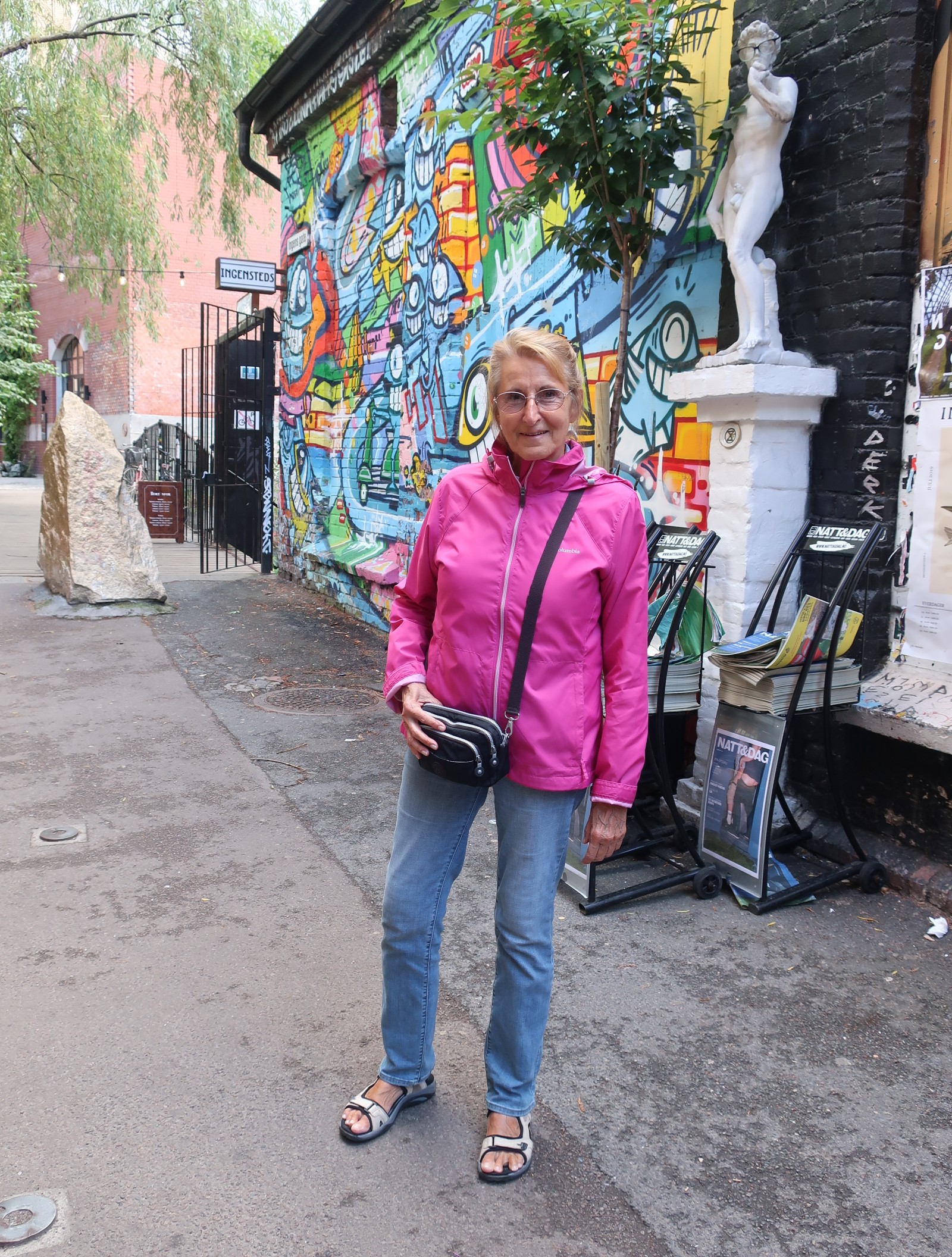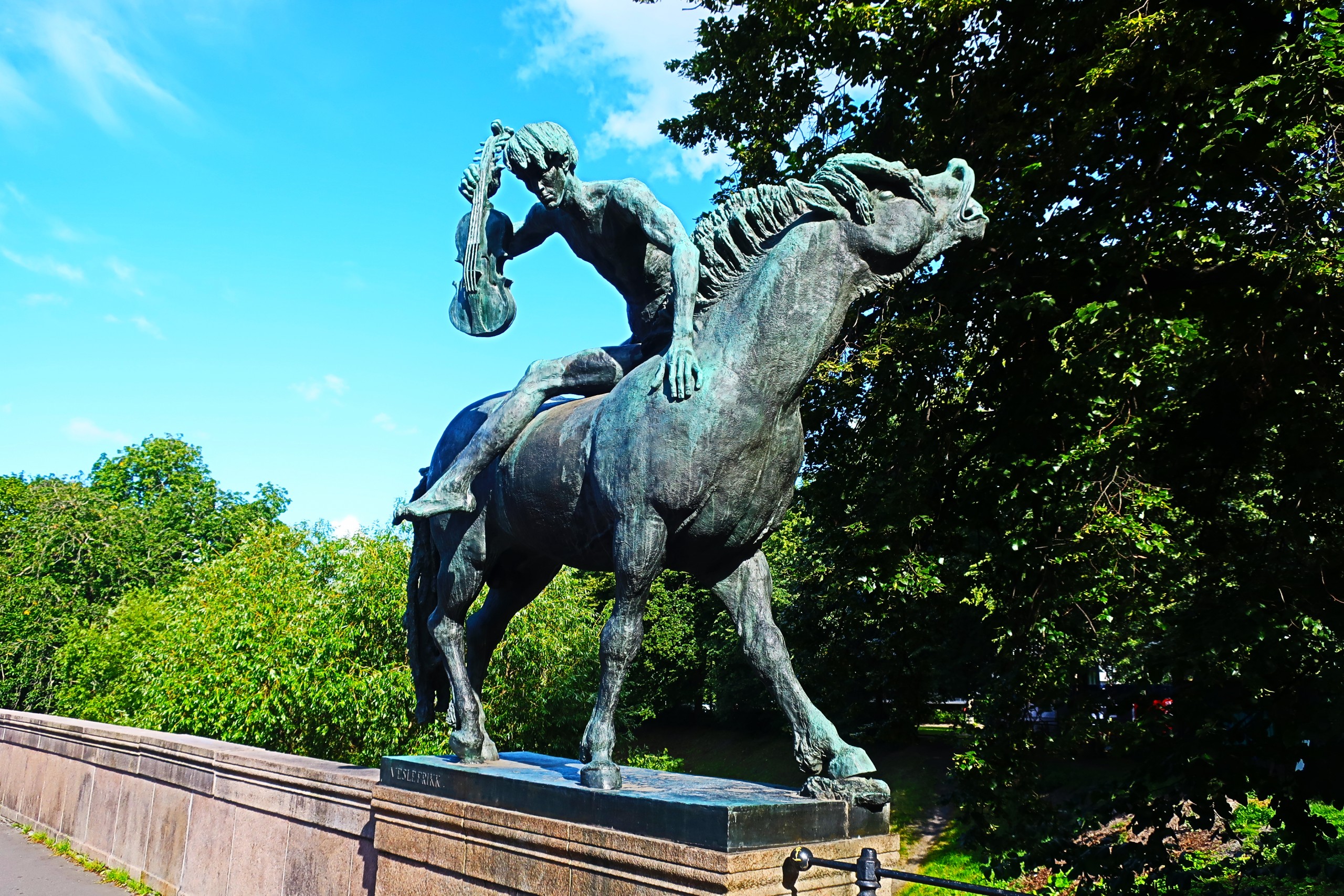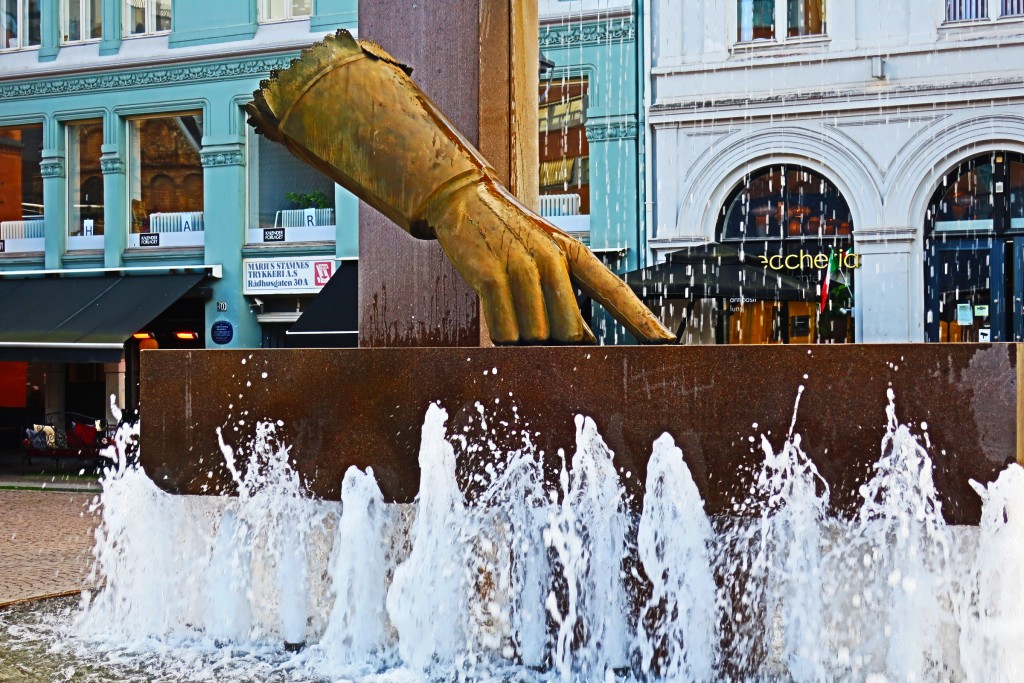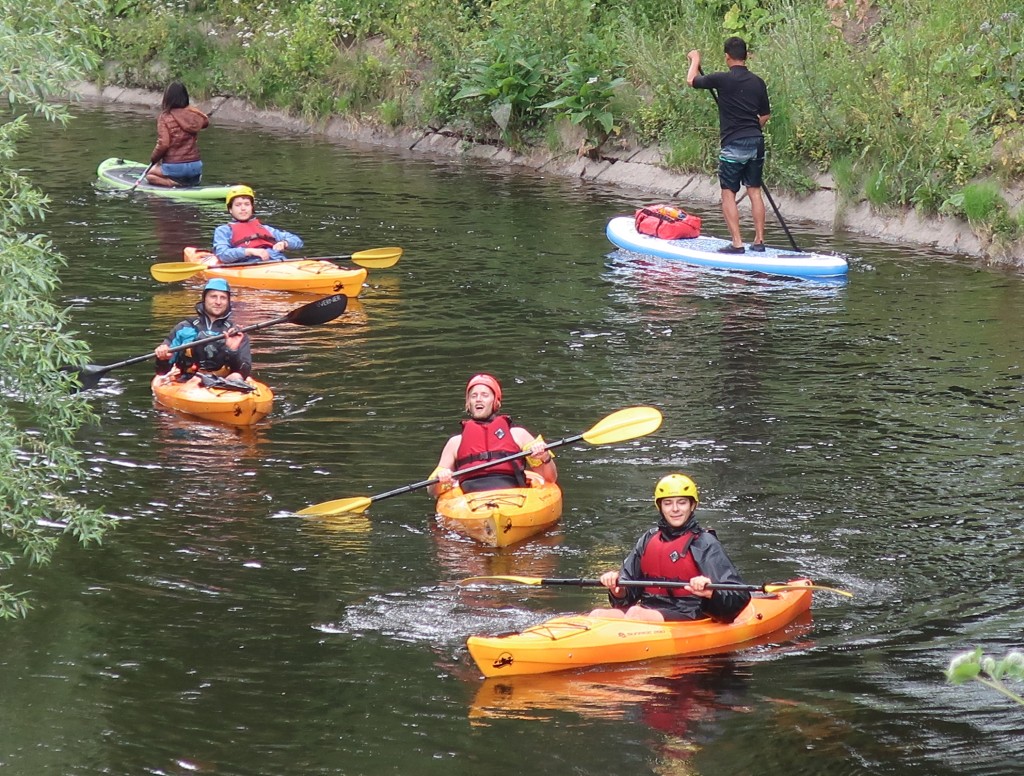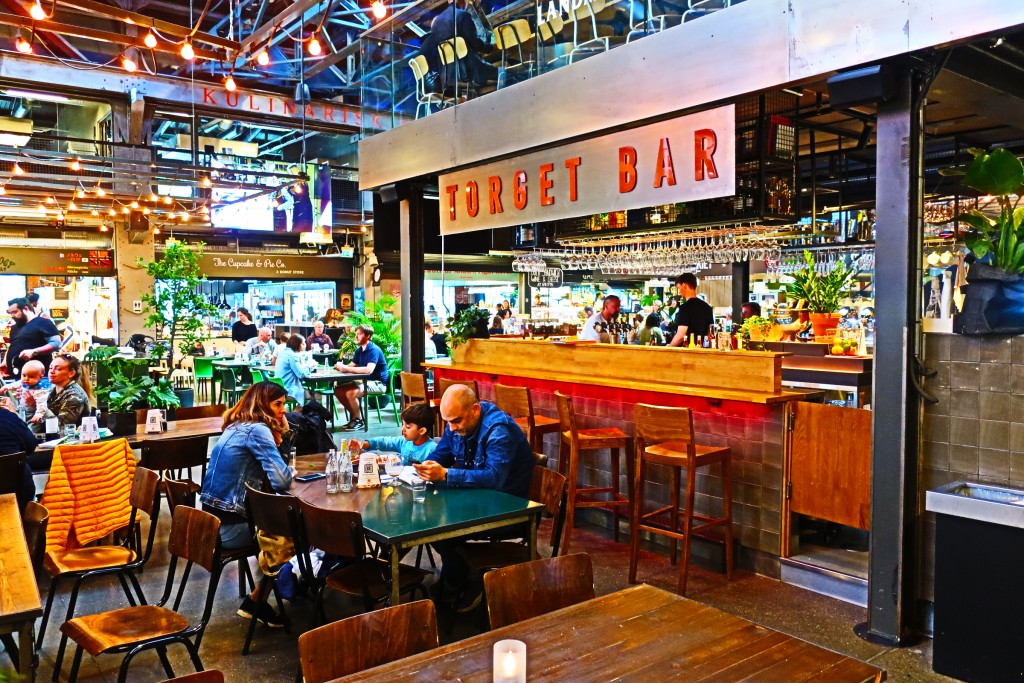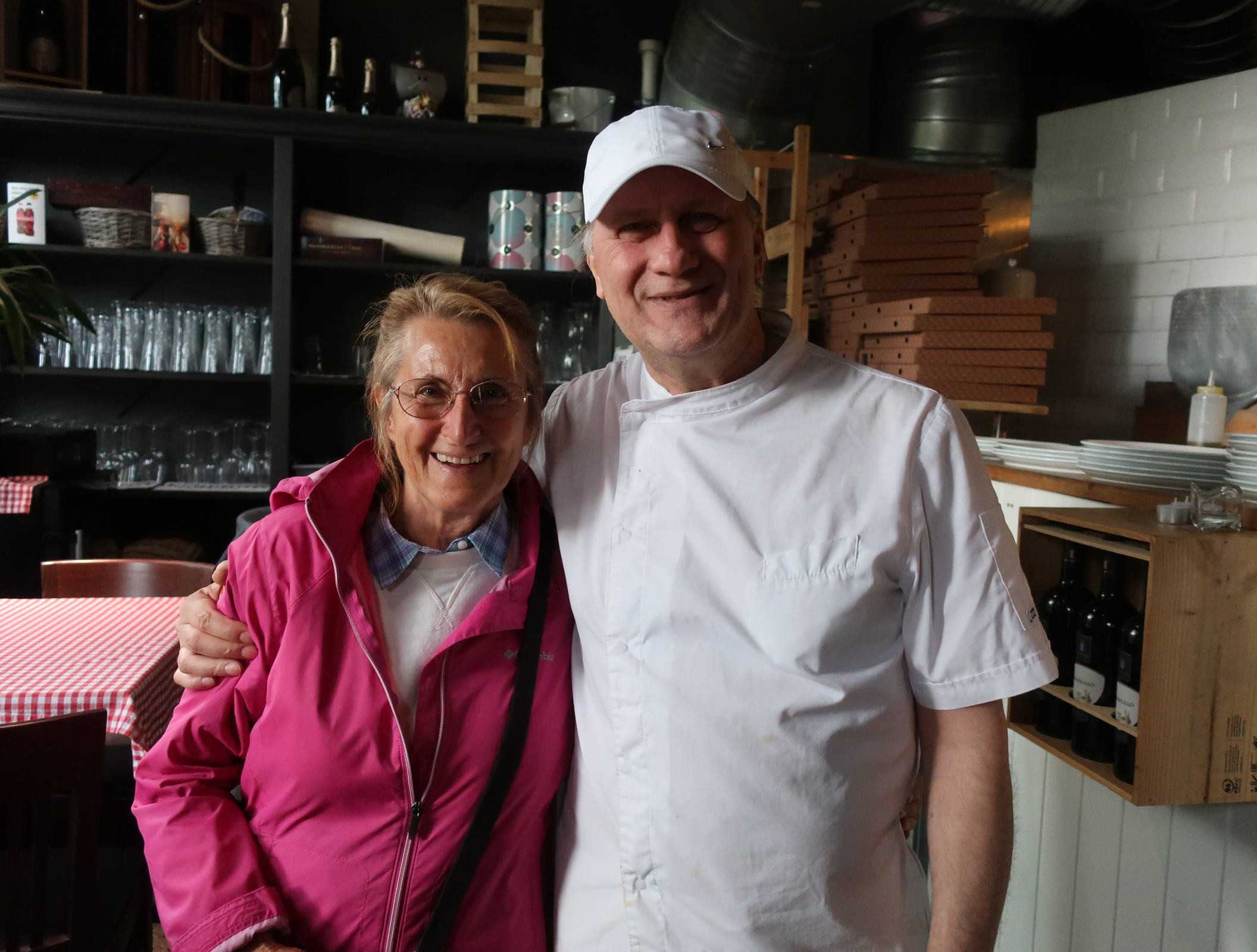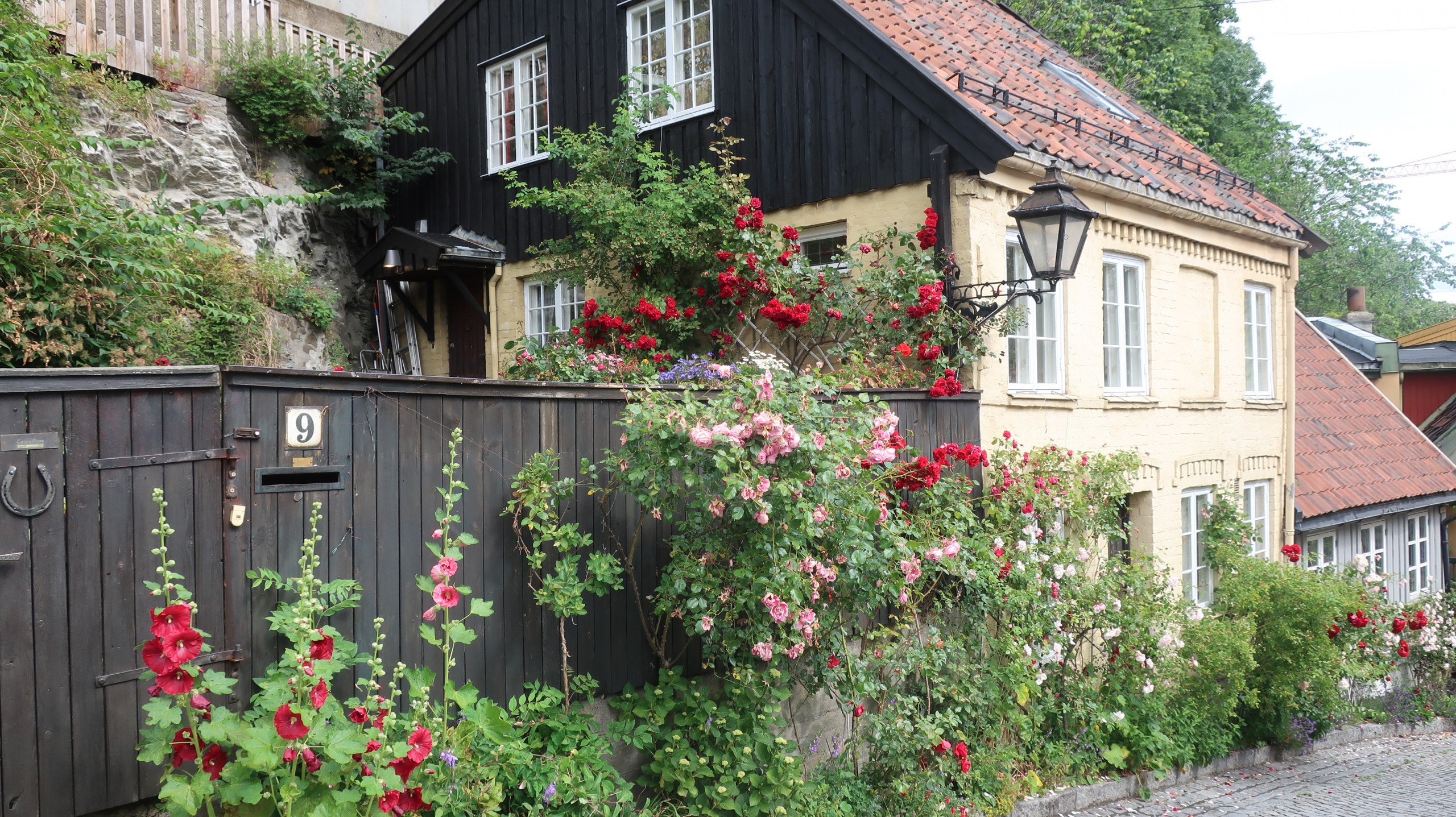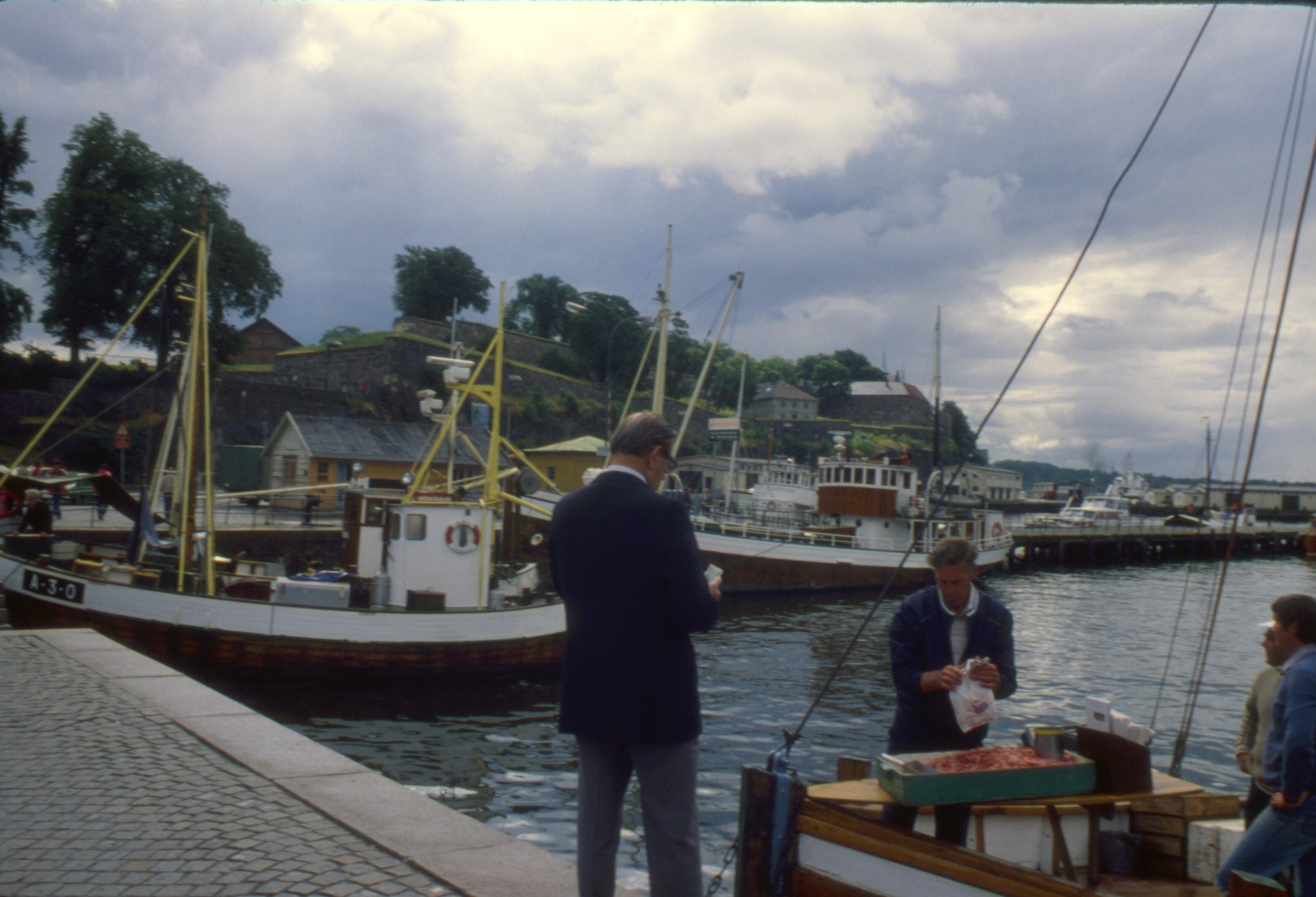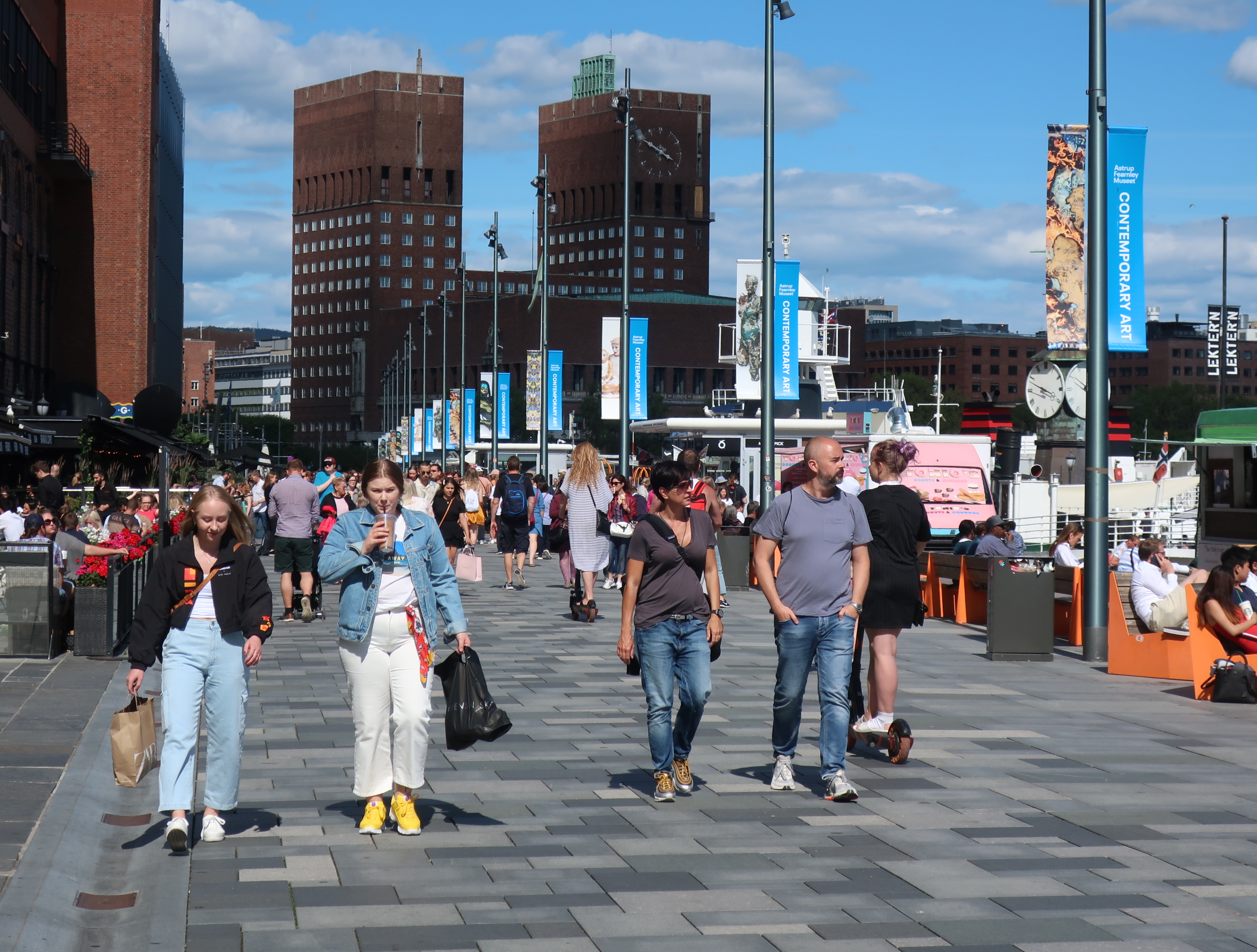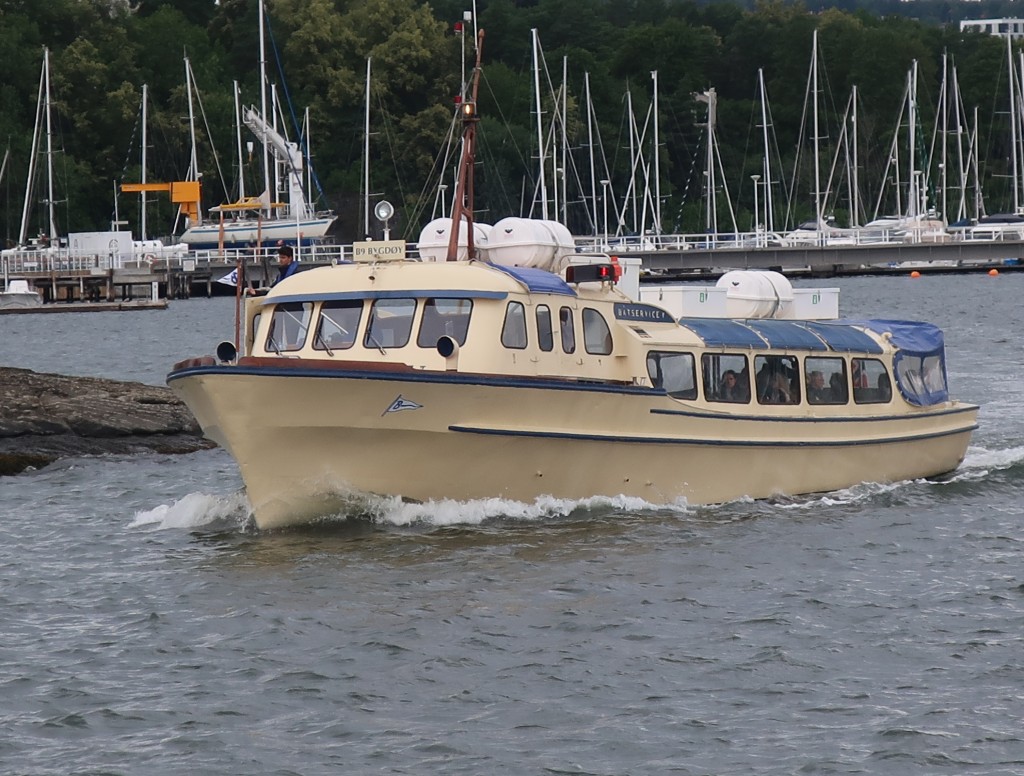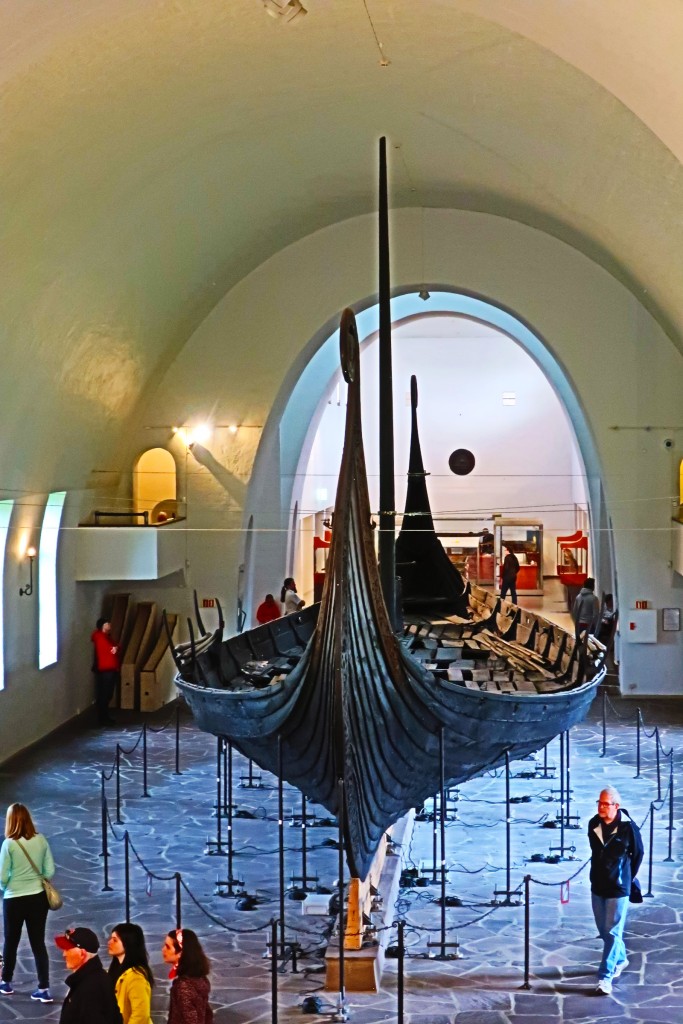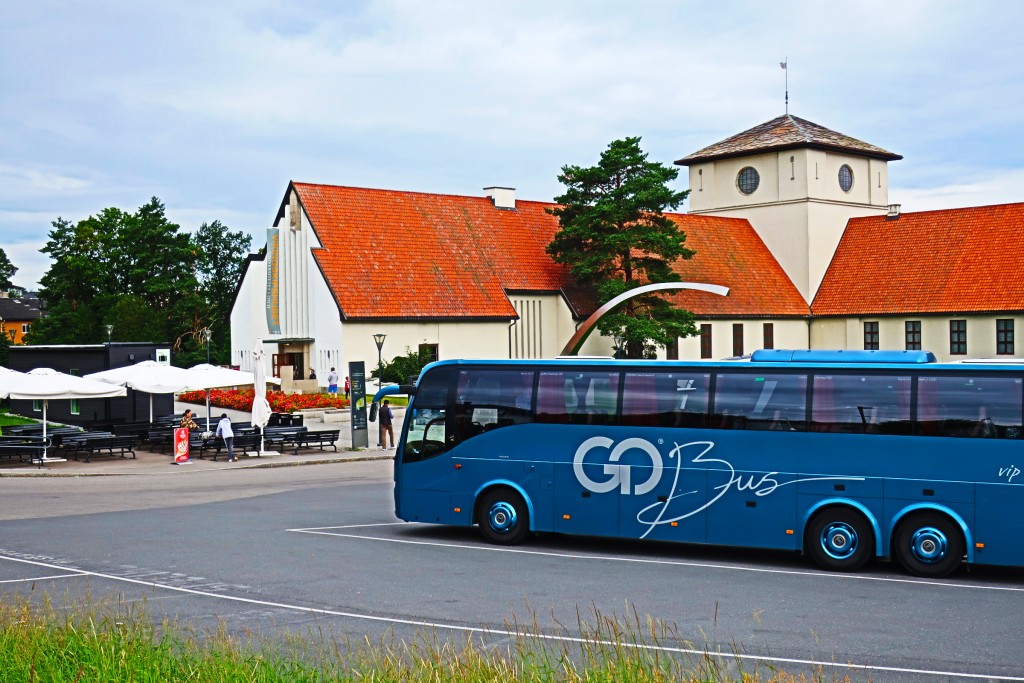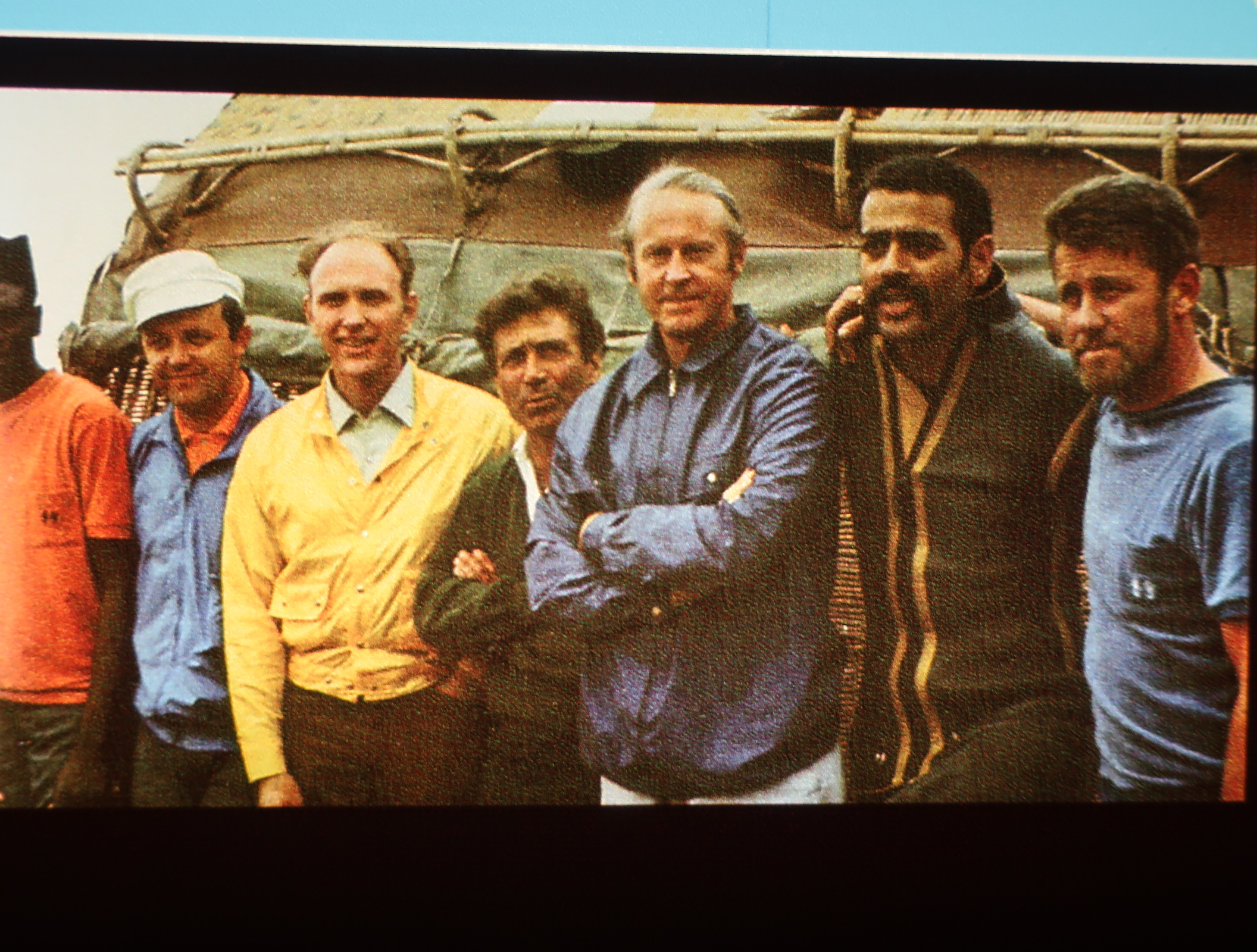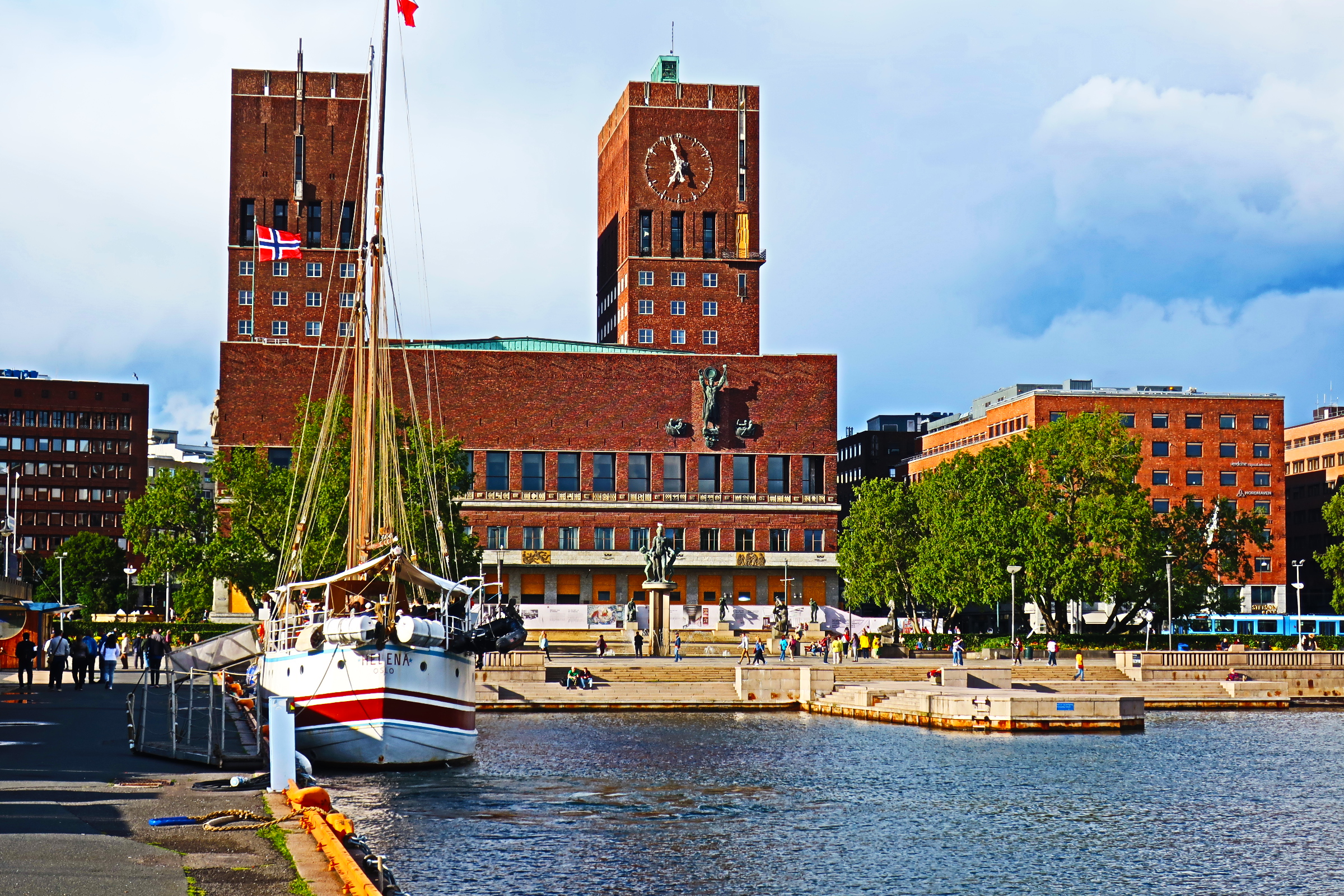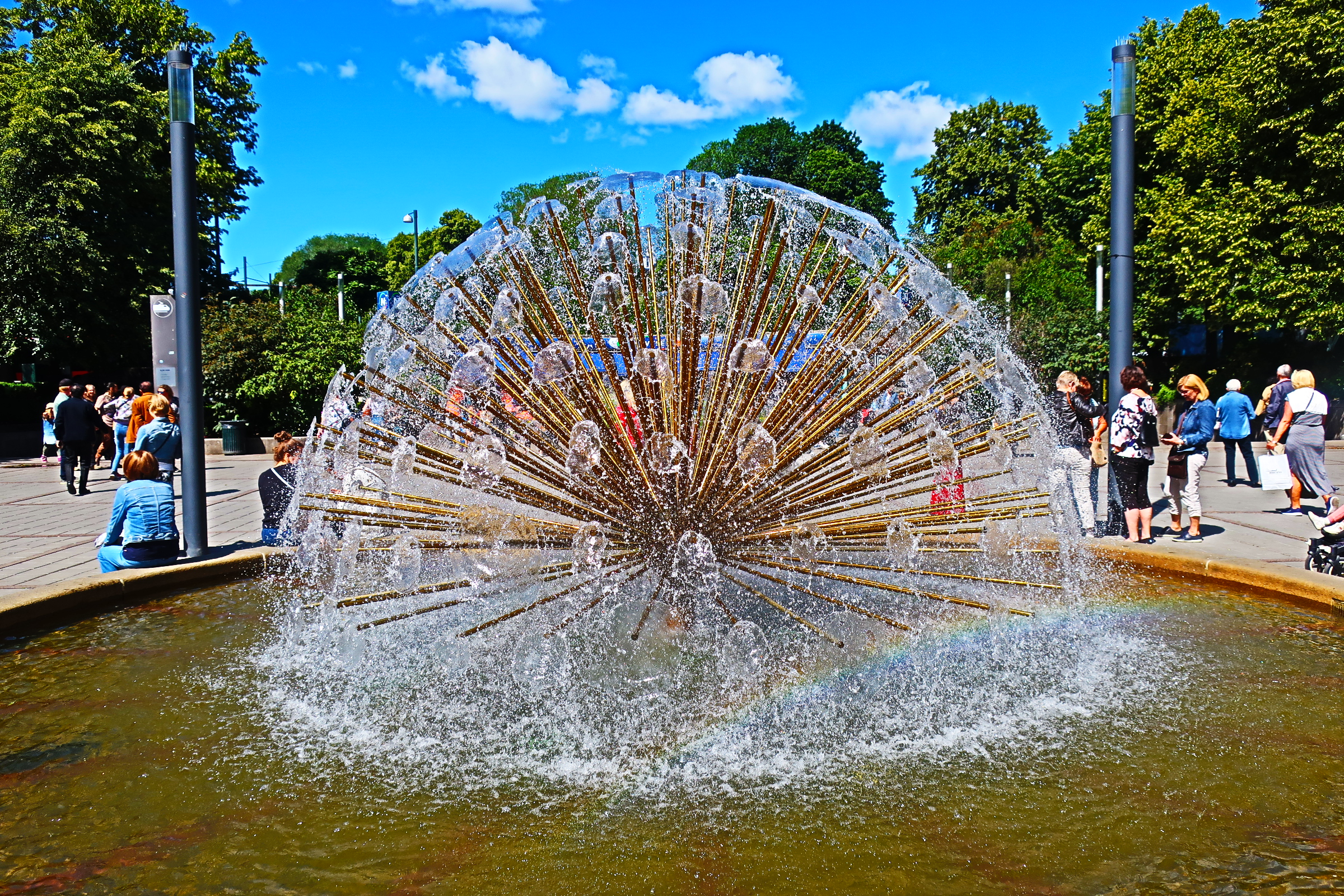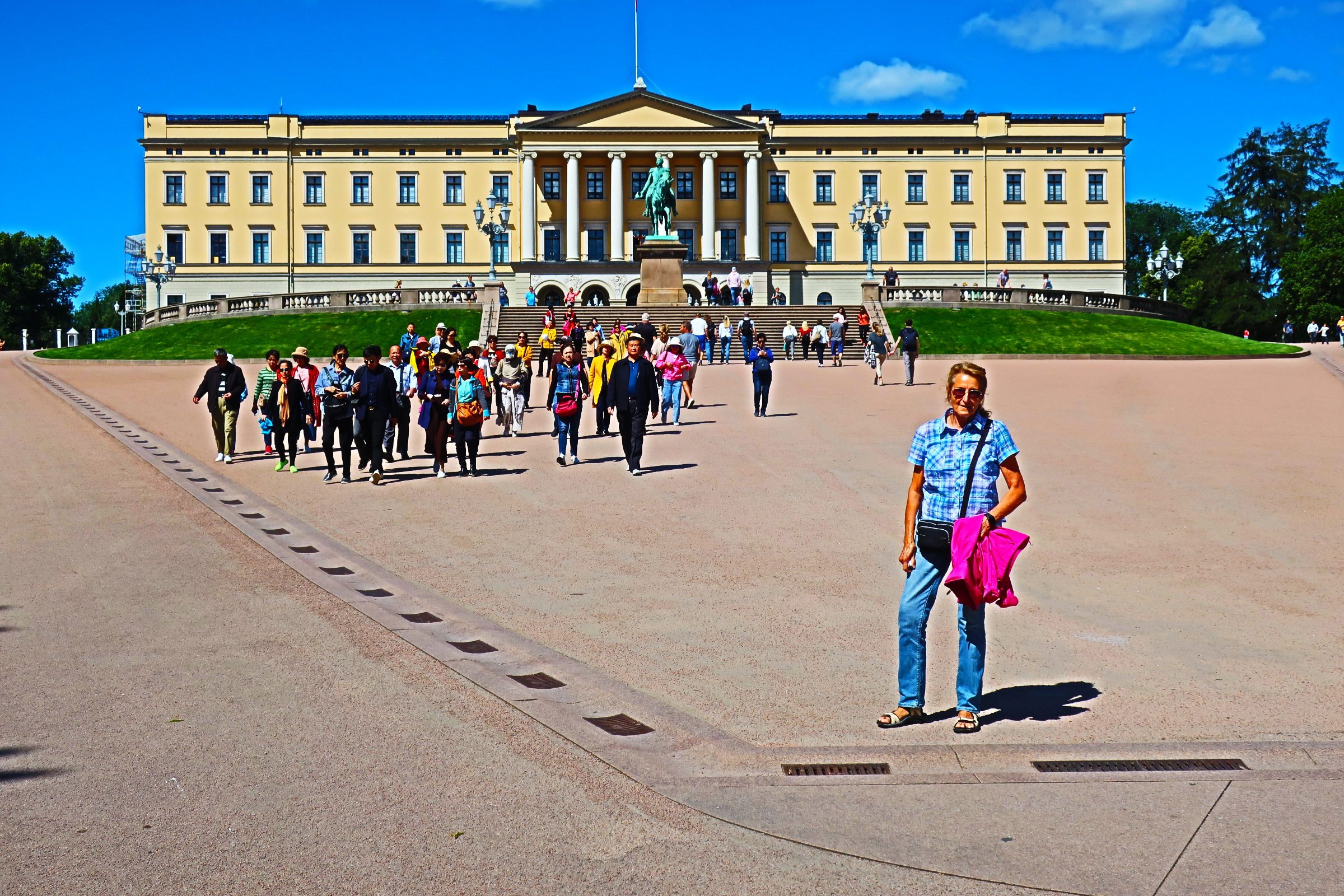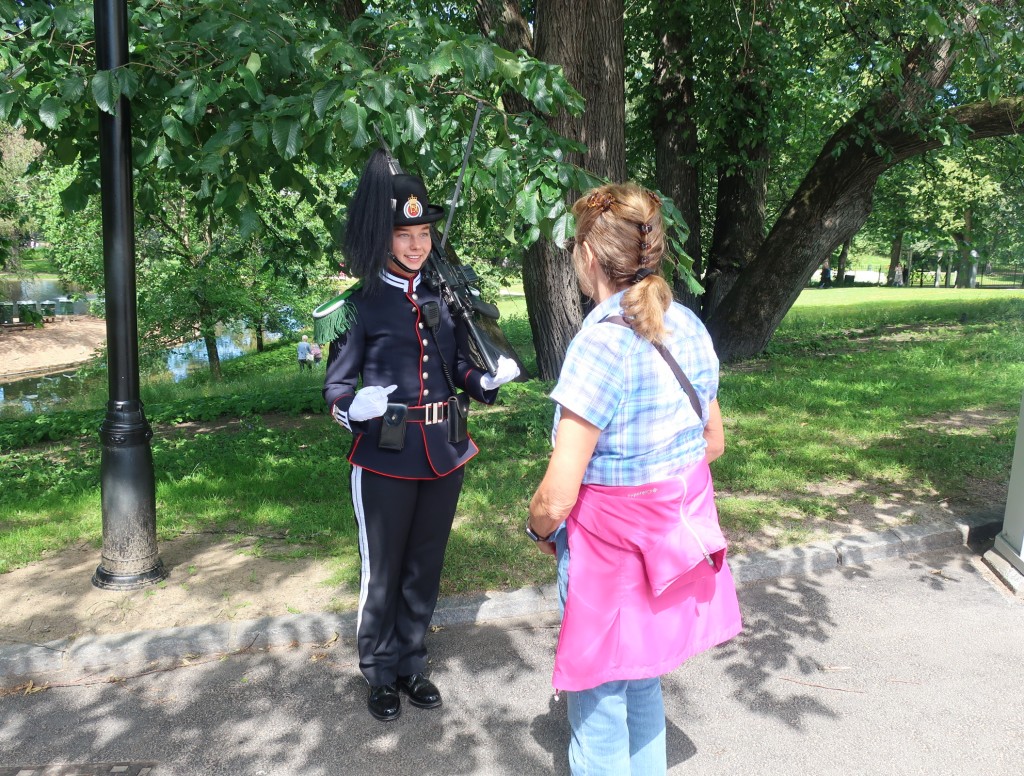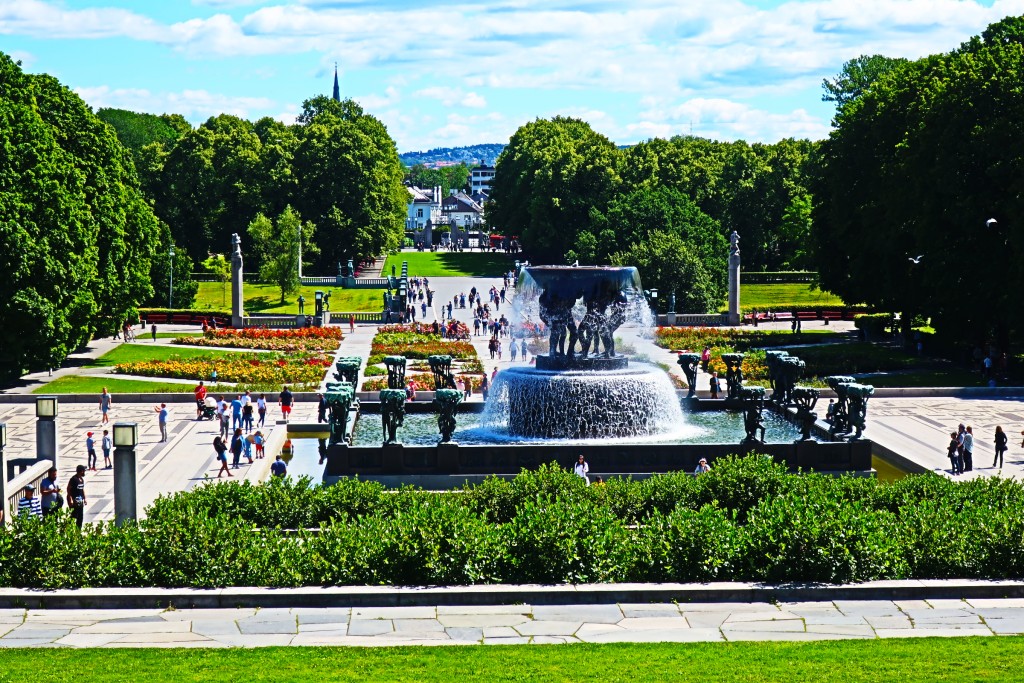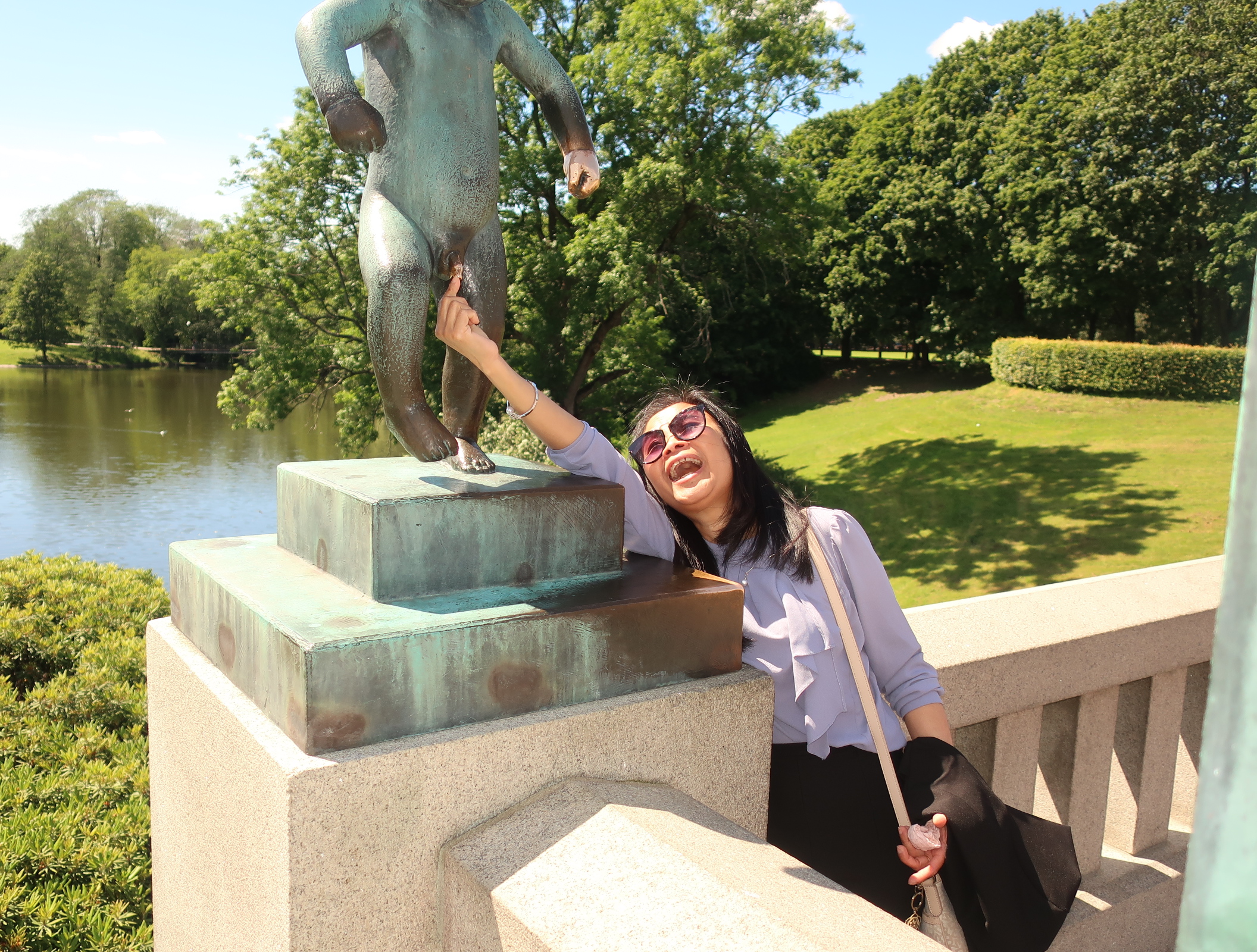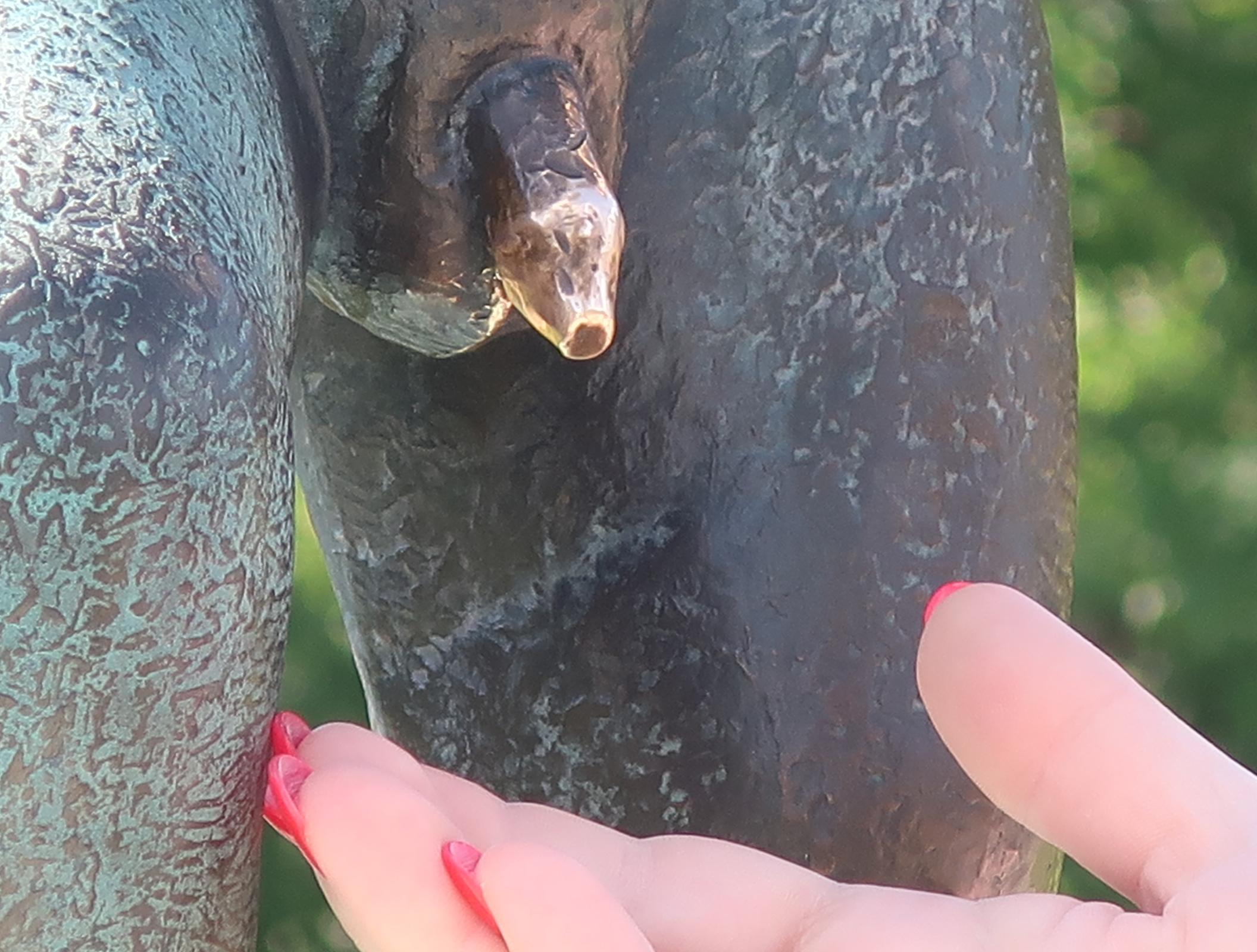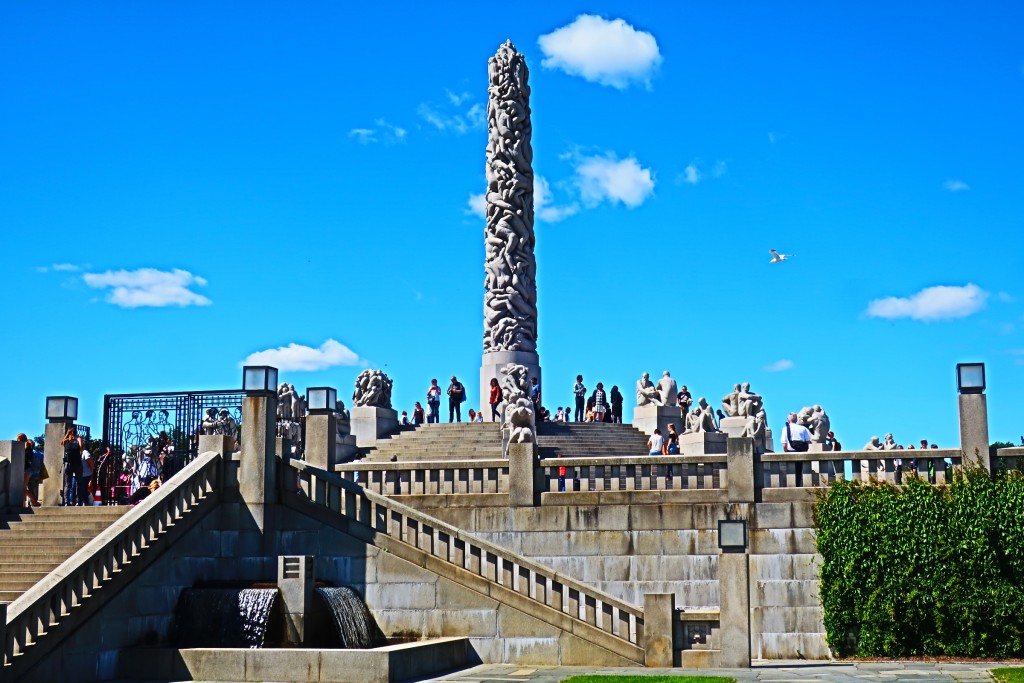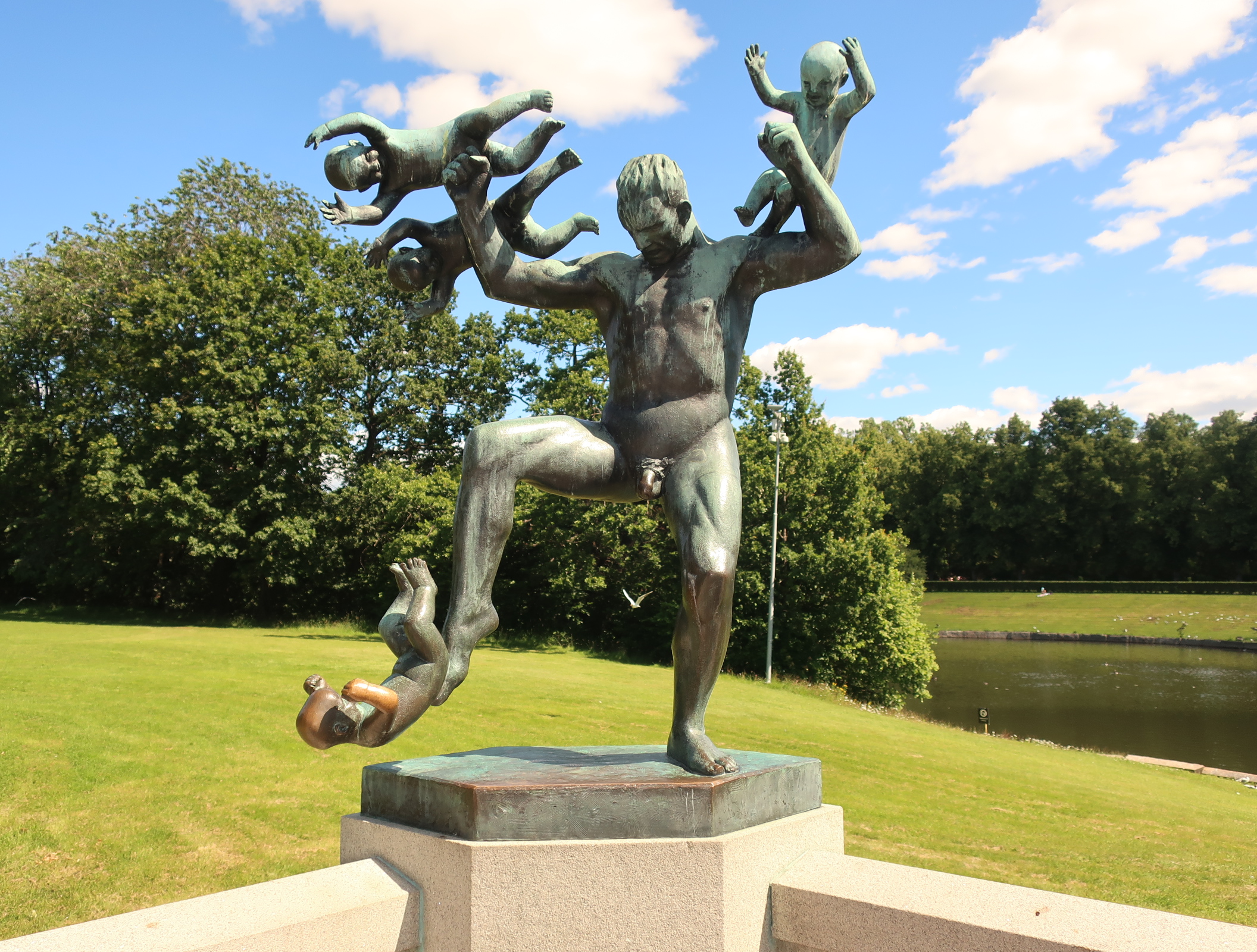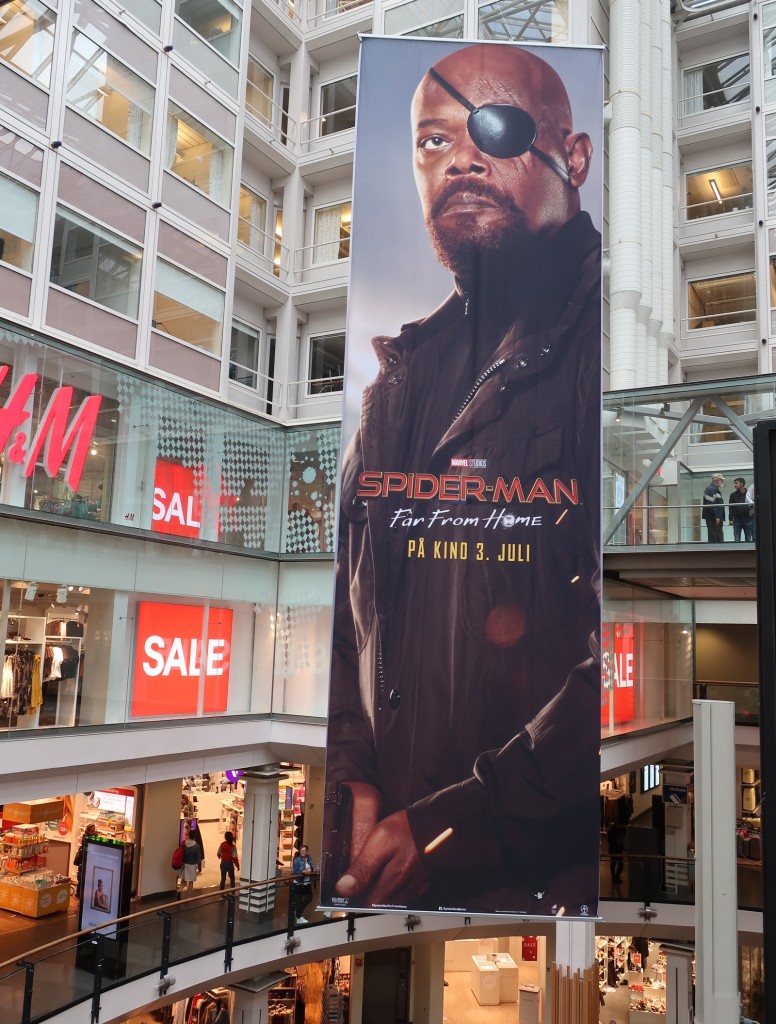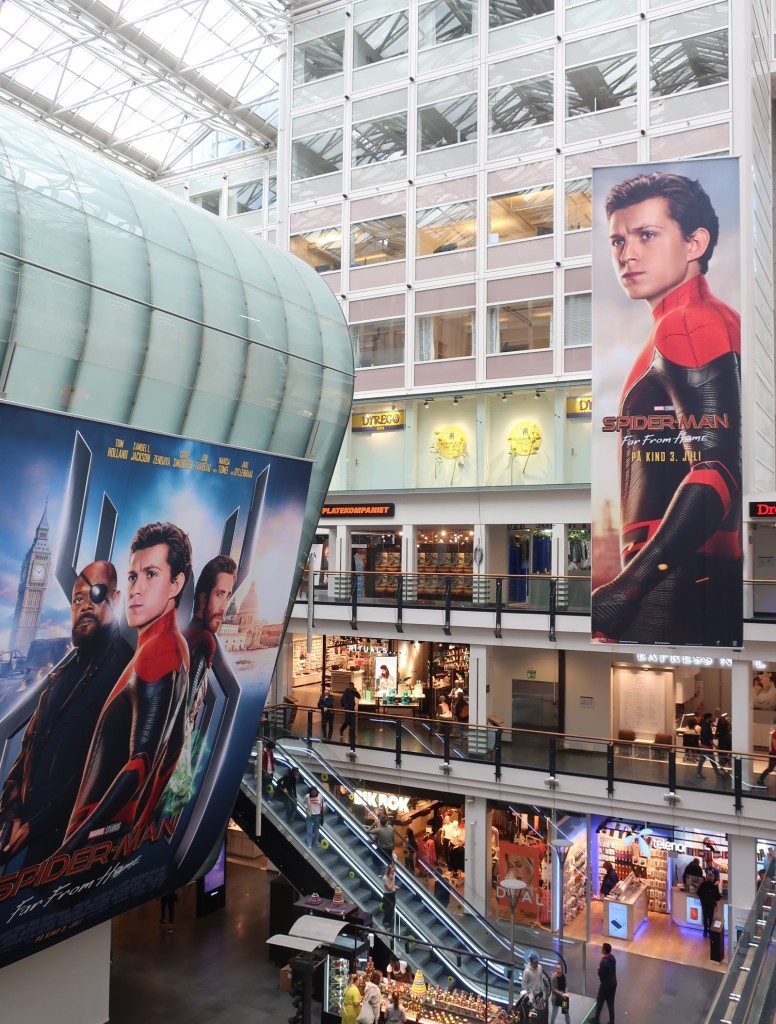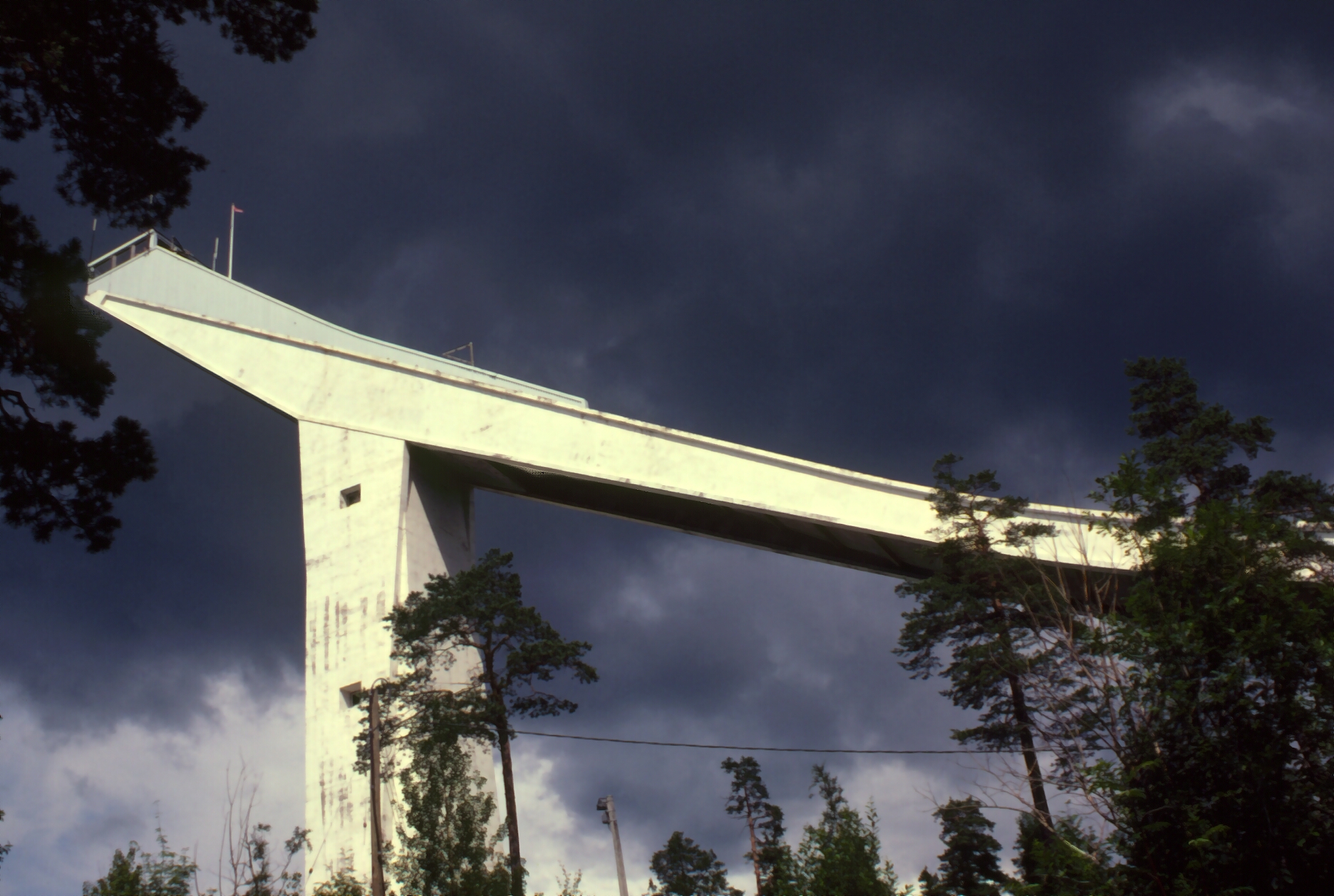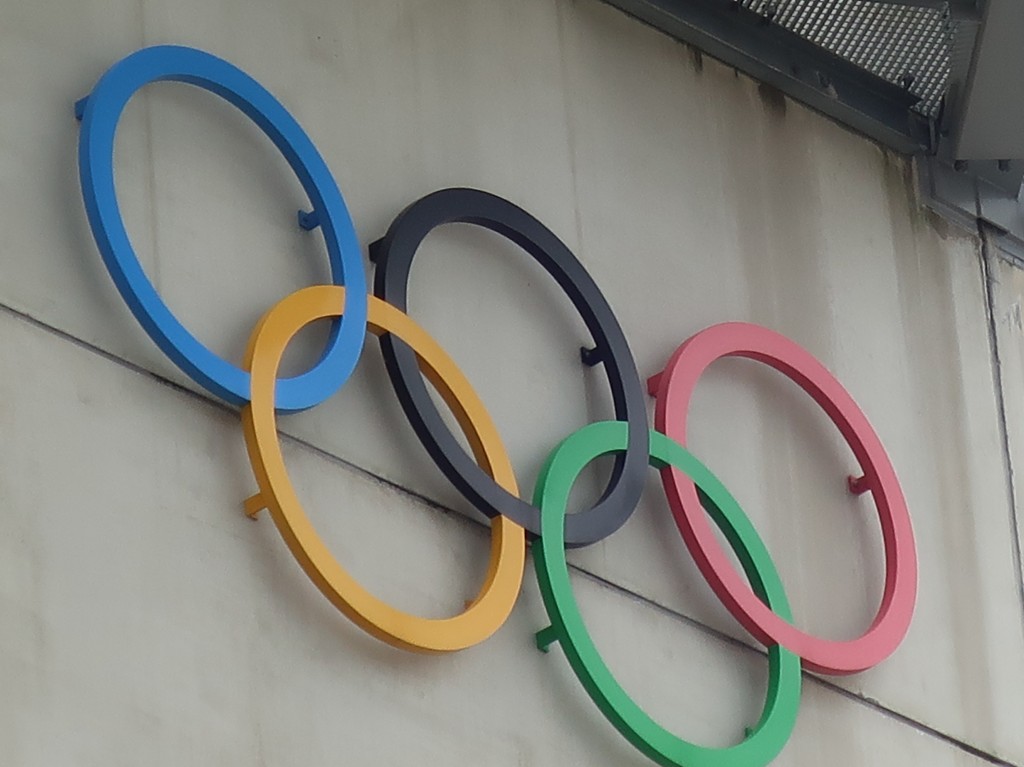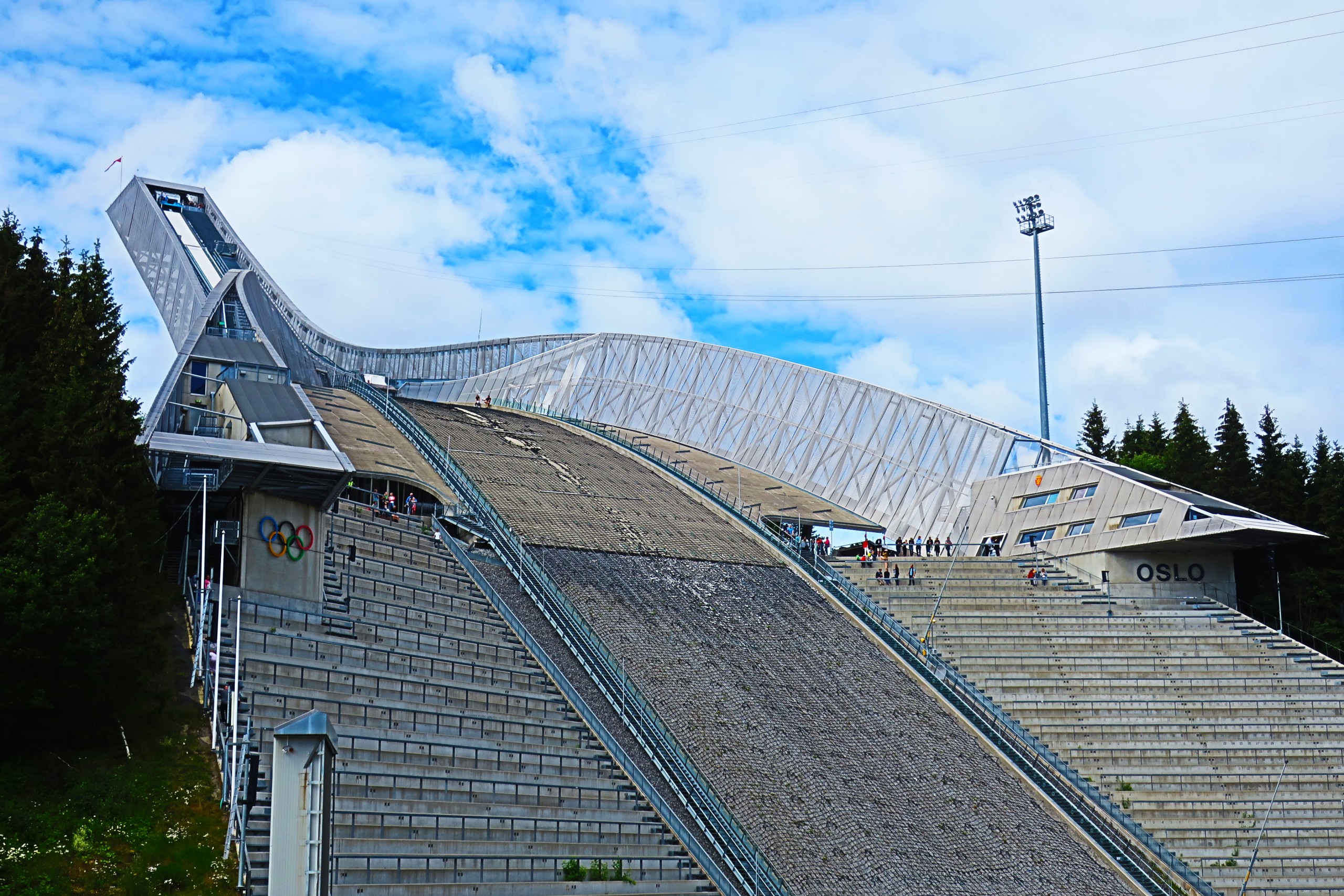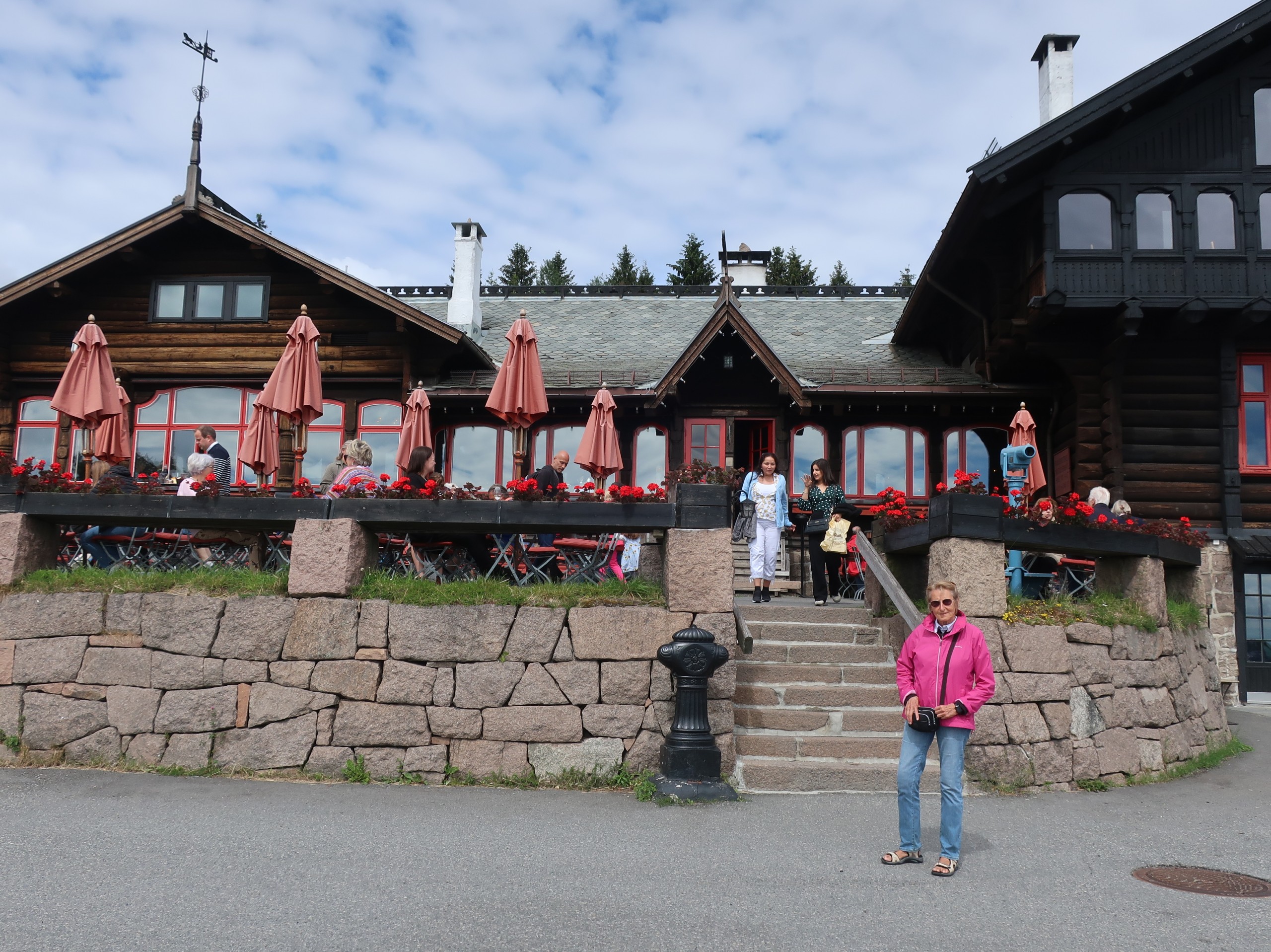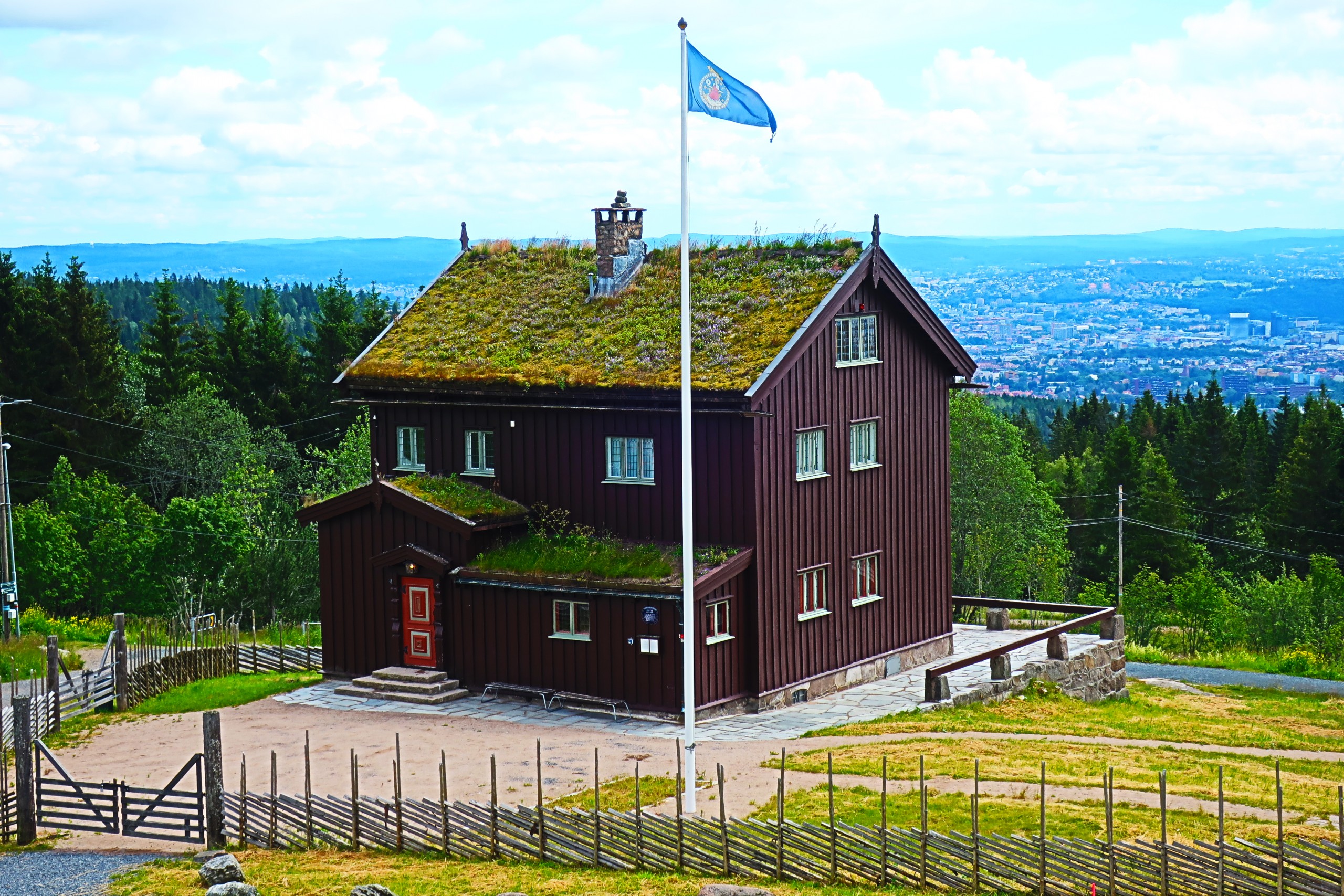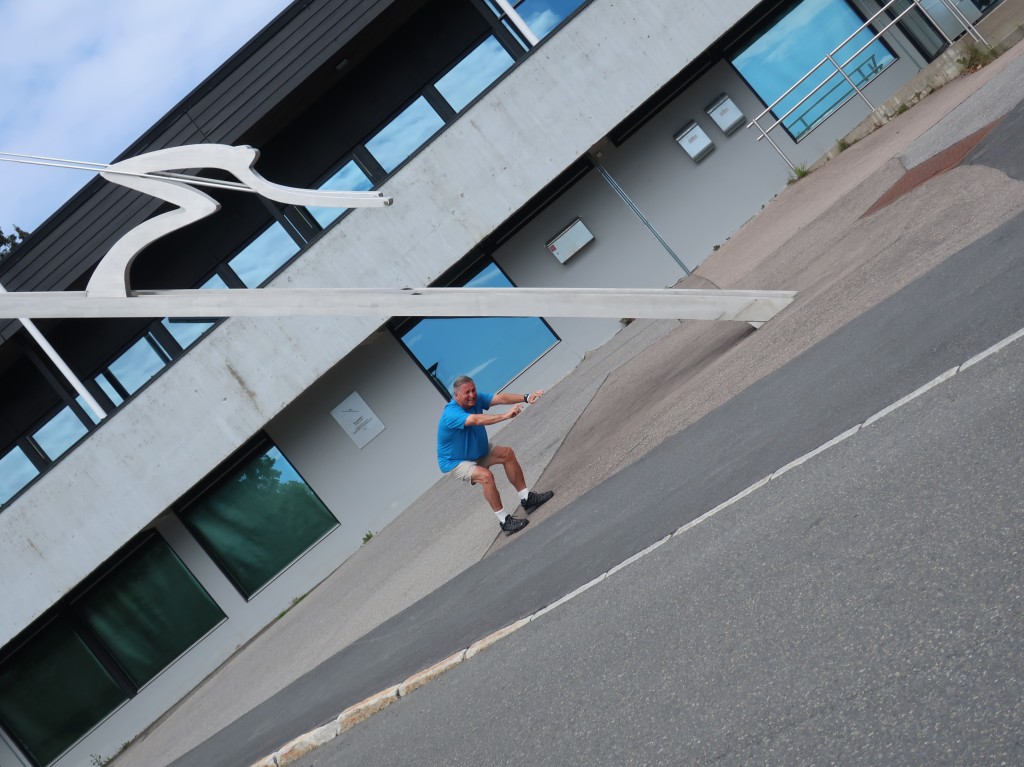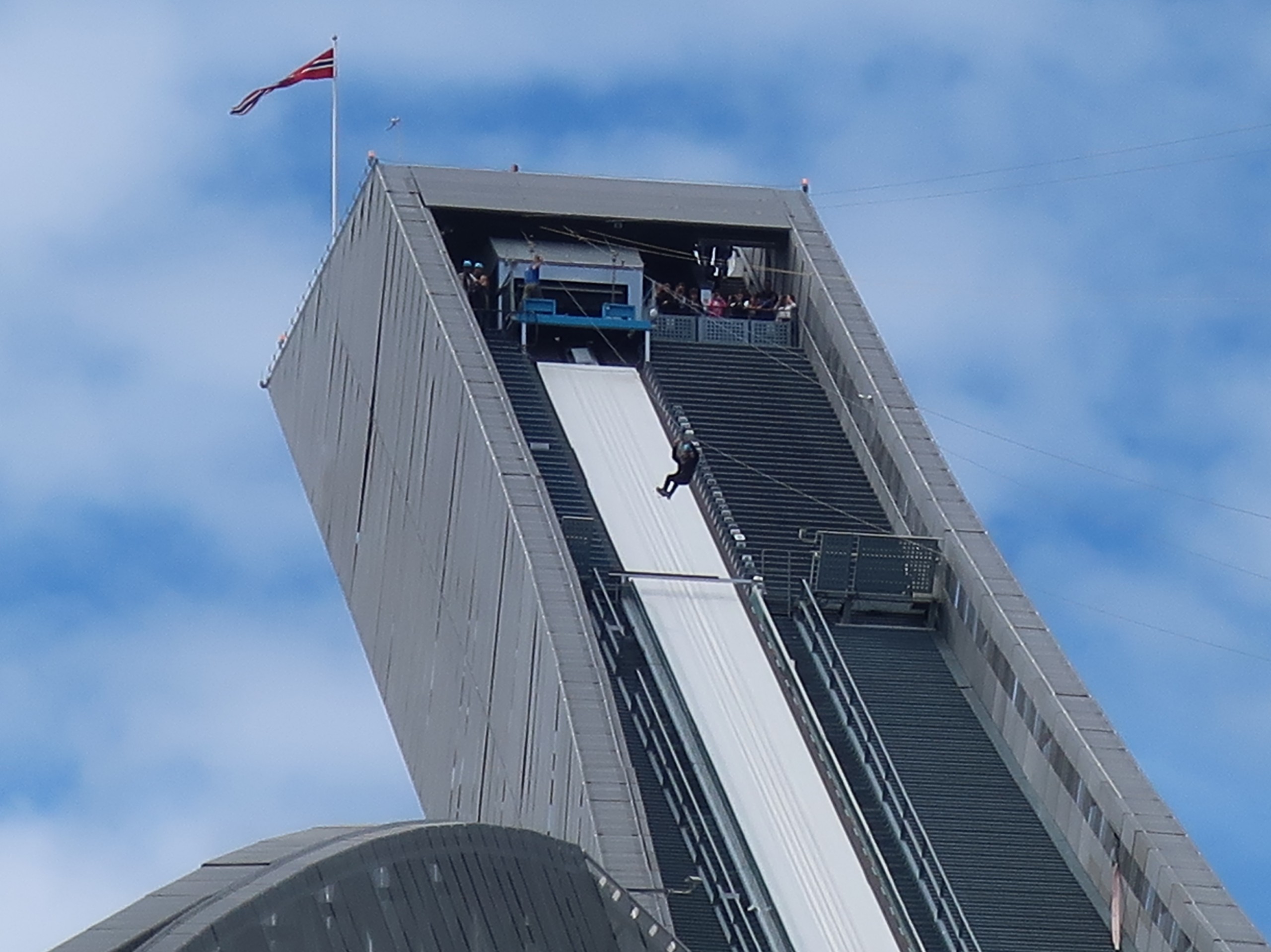In front of the Oslo, Norway train station is a sculpture of a large tiger. It does make a very good place for a photo opportunity.
The nick-name “Tiger City” came during the late nineteenth century. The nearest actual Tiger is thousands of miles away. The perception was that Oslo was “a cold and dangerous city.” Today, it is thriving metropolis—Norway’s largest city over a million people.
I first visited Norway in July of 1979. My second visit was with Kathie in July of 2019. The following is our story of our four-day sojourn in “Tiger City.”

In fifty-five minutes, we flew from Stockholm to Oslo. We highly recommend taking the Airport Express Train into Oslo as it only took 19 minutes.
Our hotel was literally a stones-throw away from the train station, Radisson Blu Plaza Hotel. It is literally the “tallest” building in Oslo. You can’t miss it!
It was July 4th, and the hotel had a section of candies and American flags to help us celebrate the occasion.
Our room was on the 35th floor. The room was large and the beds extremely comfortable.
The views were magnificent.
The morning breakfasts were awesome.
As we got to our room later in the day, we decided to walk to their “Food-hall—called Mathhallen.” The mile walk was along the narrow Akerselva River. It provided a neat insight into Norwegian city life.
Throughout the city there are interesting sculptures and art.
We actually ate at the food-hall Mathhallen twice.
We got to know the owner of an Italian eatery called “Pizzavino.” The proprietor was from Rimini, Italy, a town along northern Adriatic which I visited in 1979. He had married a Norwegian lady.
Above Mathhallen is a quaint area of “Old Town.”
On our first full day, we explored the harbor area.
As it was in 1979, you can purchase shrimp at the dock.
The busy road is now underground. In fact, you will have to pay a tax to drive into Oslo today. It is an extremely friendly pedestrian city. The city is extremely clean. Even debris is placed in bags:
What was a large wharf area, is now filled with shops, restaurants and luxury apartments.
We did have lunch along the trendy Aker Brygge at a waterside café called “Jamie Oliver.” I had delicious mussels.
From this area, you can take a ferry over to the peninsula that houses both Oslo’s famous Viking Ship Museum and the Kon Tiki museum.
The Viking Ship Museum houses three rather large Viking era burial ships. The famous “Oseberg Ship” that most people recognize was found in 1913.
The museum outside actually looks like a church to me.
It was there in July of 1979, I purchased a large poster of this ship. Somewhere traveling in Germany, I lost my prized poster. I regret losing it ever since.
No more than a quarter a mile away, is the famous Kon-Tiki Museum. A balsa made boat captained by Thor Heyerdahl, sailed across from Peru to Polynesia in 1947.
Kon-Tiki proved that people could have traveled—east to west—to arrive in Polynesia.
Also, in the museum in a vessel built with reeds called “Ra II.” It proved in 1970 that people could have sailed from North Africa to the Caribbean.
The museum actually is a collection of seven of Thor’s voyages. He also became fascinated with Easter Island. I just remember growing up as a kid looking at the National Geographic about these voyages.
On our way back via a ferry, we viewed City Hall. This huge brick building is where the Nobel Peace Prize is handed out every December 10th. There are murals inside and out.
The next day, a beautiful Norwegian day, we decided to walk to the famous sculpture area called “Vigeland Park.” First, you had to walk the famous “people’s street” of Karl Johanes Gate.
This street is filled with stores, flower pots, fountains and has become one of the main streets in Oslo.
Crossing over to the Palace, we noticed an automatic lawn-mower. Where was this machine when I was growing up?
One could tour the Palace, but we decided to make that experience for another visit.
We did talk to a friendly guard. She was so pleasant.
Walking along the streets we did see a home being refurbished. Many homes also had “black roofs.” A way to draw the heat during the winter. These tiles seemed like hard plastic.
When I first saw the statues of Vigeland Park it was at night in 1979. This 80 acre park has always impressed me. Coming back in the day time in 2019 even impressed me more. This famous sculpture park, made from 1924 to 1942, is nearly 200 bronze and granite statues made by Gustav Vigeland and his associates. This is the largest world collection of sculptures under one person.
Gustav Vigeland did study under the famous August Rodin.
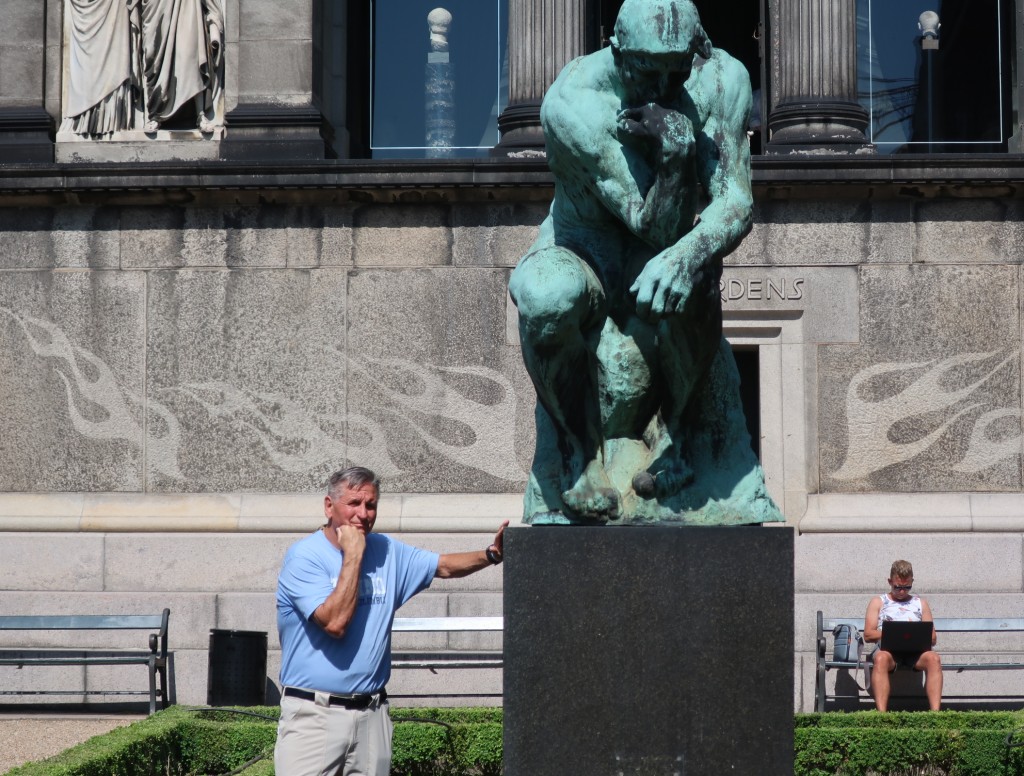
You will see that all of Vigeland statues are “nude.” The meaning of all these statues can be interpreted in numerous ways. Our favorite area was the 300-foot bridge with statues lining the structure.
“The Angry Boy” is one of the famous statues on the bridge.
It does draw plenty of people. You can tell the hand in bright yellow with all the people touching it over the years. There is also another small part that is bright yellow which I will fail to mention. Women in particular were drawn to touch this area.
A beautiful fountain separates the bridge area to the 50-foot monolith sculpture. We found this fountain to attract many people taking selfies.
The 50-foot high monolith sculpture is quite impressive as the centerpiece of the complex. It is the highest area in the park. It took over 14 years with 3 stone carvers to make this statue of people climbing upwards. We interpret this statue representing people’s struggles in trying to get ahead. You can form your own opinion.
This is a popular park in Oslo. We noticed the area to be extremely clean with “NO” graffiti. People of Oslo are proud of this park and rightfully so.
Doing research, we found that Gustave had some major criticisms. There are a number of people who contend his artwork “reeks of Nazi mentality.” He did make a comment before his death in 1943, “I welcome German soldiers with their excellent discipline to walk around between my work.” Norway was indeed divided in its support of Germany during WWII.
On our way back to the hotel, we did stop at the “Oslo City Mall.” This is a huge mall —right next to our hotel and the train station.
On our fourth and final day, we decided to visit Holmenkollen Ski Jump. It has become Norway’s main attraction with over a million visitors. The area was first used back in 1892. The facility can hold 70,000 spectators.
I visited the park in 1979 when the sky jump was used in the 1952 Olympics.
The jump was demolished in 2008 with the new one coming on line in 2011 for the World Championships. The newer one is far larger.
We took T-Bane #1 and made the mistake of going all the way to “Frognerseteren,” the actual name of the line. There is a popular restaurant with commanding views of Oslo. The cafeteria seemed fairly reasonable too.
We were not sure of the path down to the ski jump and went back up to take T-Bane three stops back to “Holmenkollen.” A 15-minute steep incline walk got us to the ski jump area.
The museum, which holds 1,500 year old wooden ski sticks, and the elevator to the top has a fee. You can also take a zip-line for $75. The views at the ski jump was just fine for us.
At the end of the 19th century, jumpers would go 25 meters/75 feet. Today, the record is well over 400 feet. No United States male has ever placed at Holmenkollen. However, on the women’s side, Sarah Hendrickson of the USA came in first in 2013.
Many people use Oslo as their entry into seeing Norway’s famous Fjords.

The train from Oslo to Myrdal to take the famous valley train ride is five hours to Flam. The train ride from Oslo to Bergen is about seven hours. Viewing the fjords is a “must see.”

